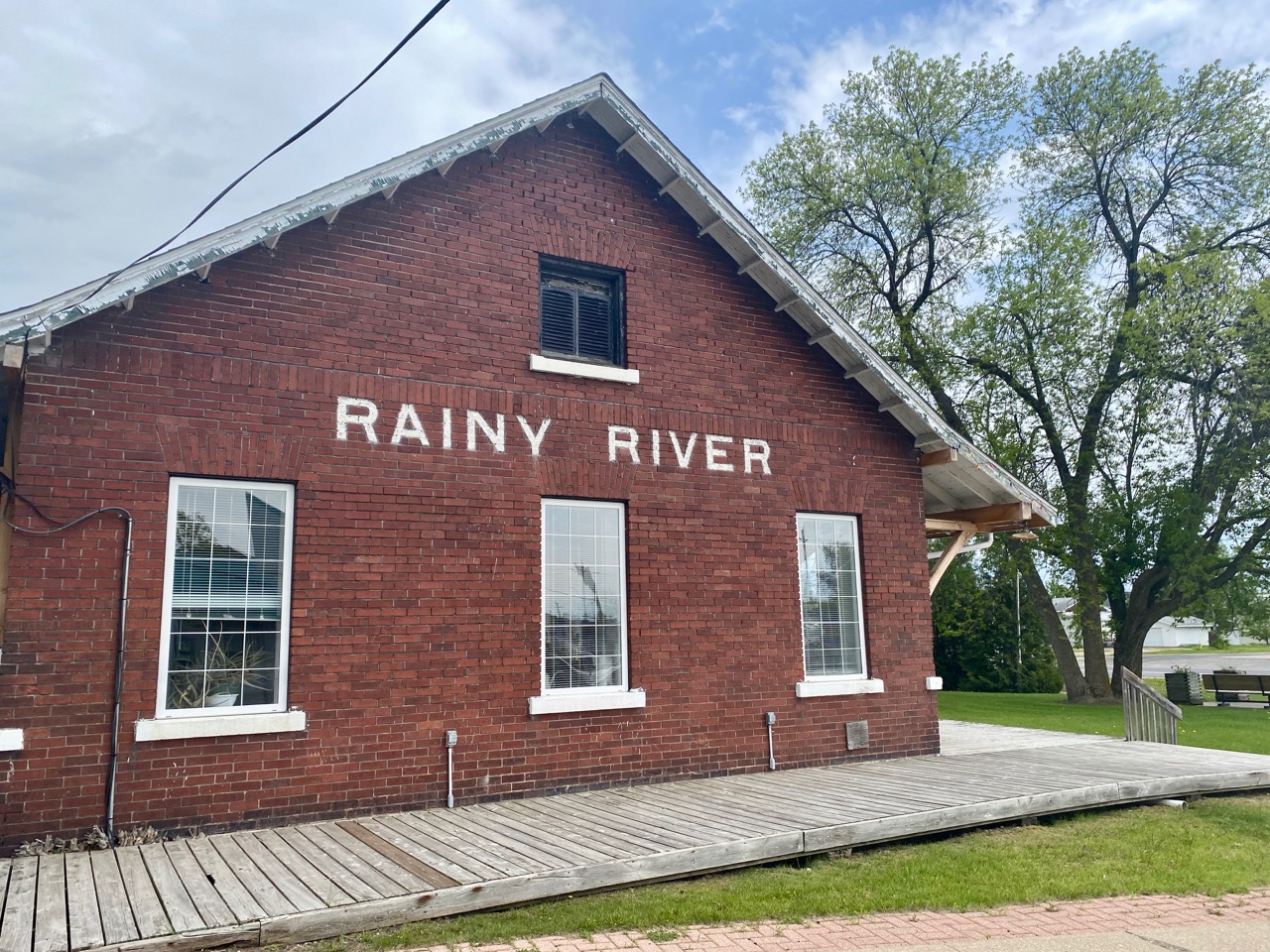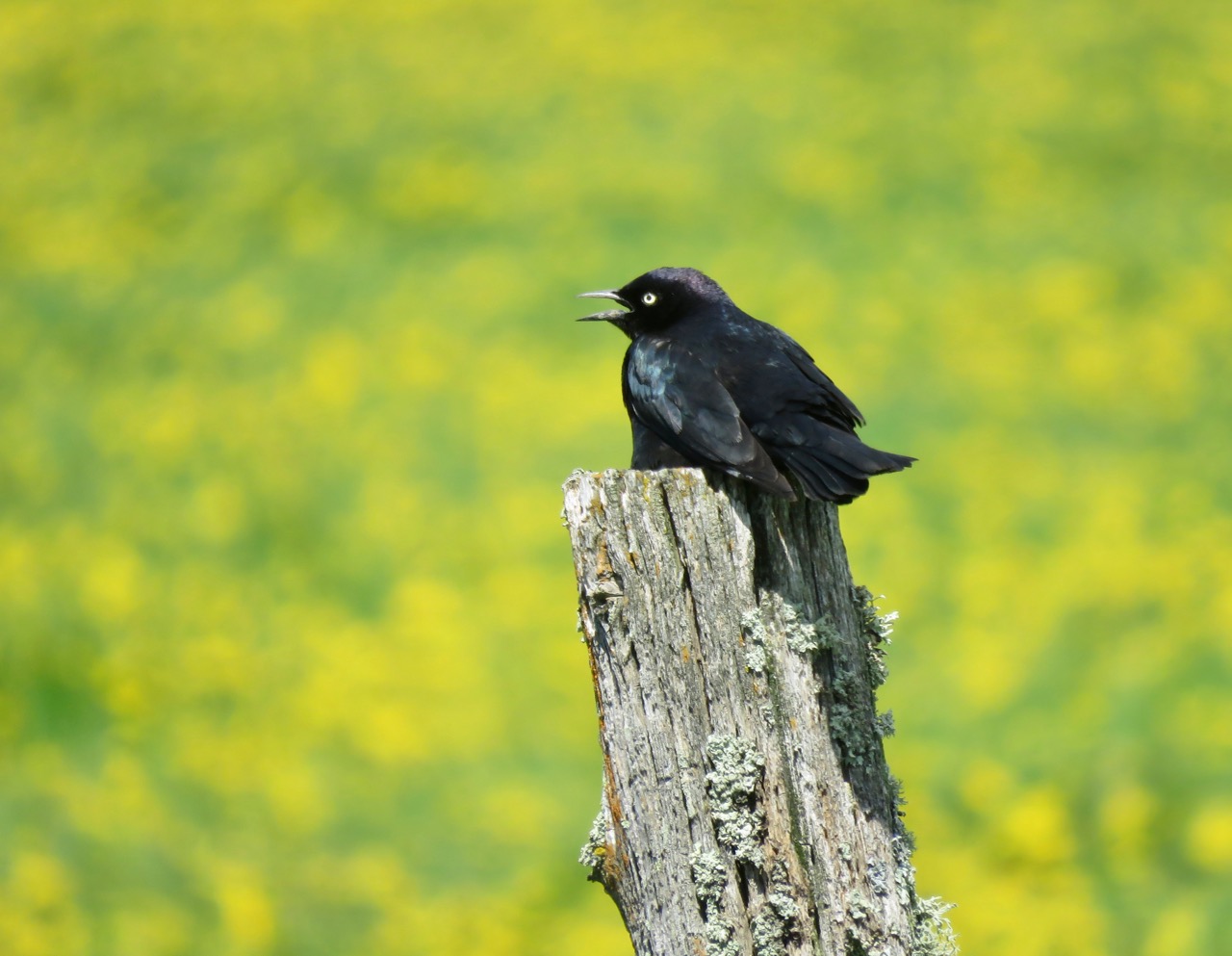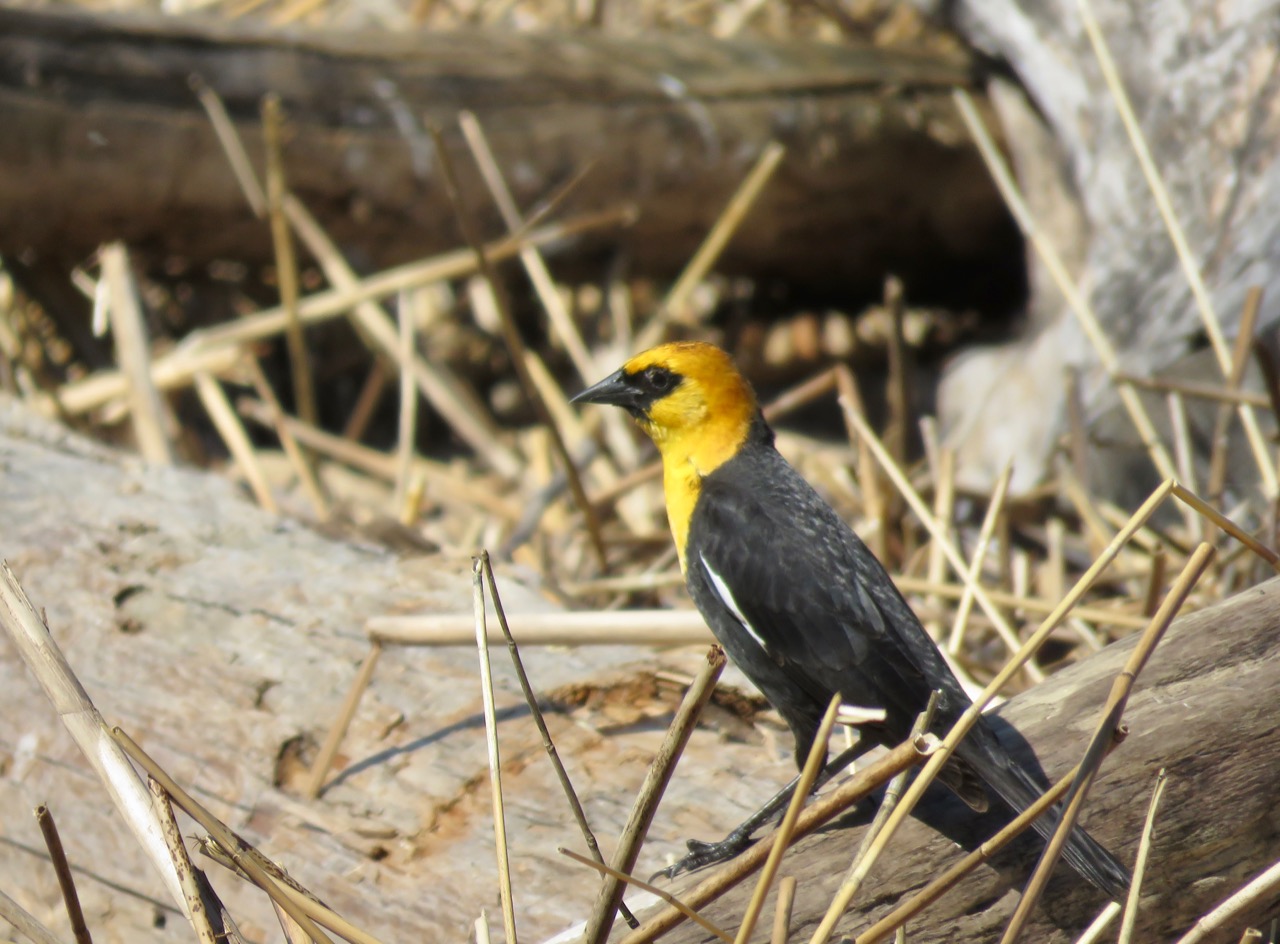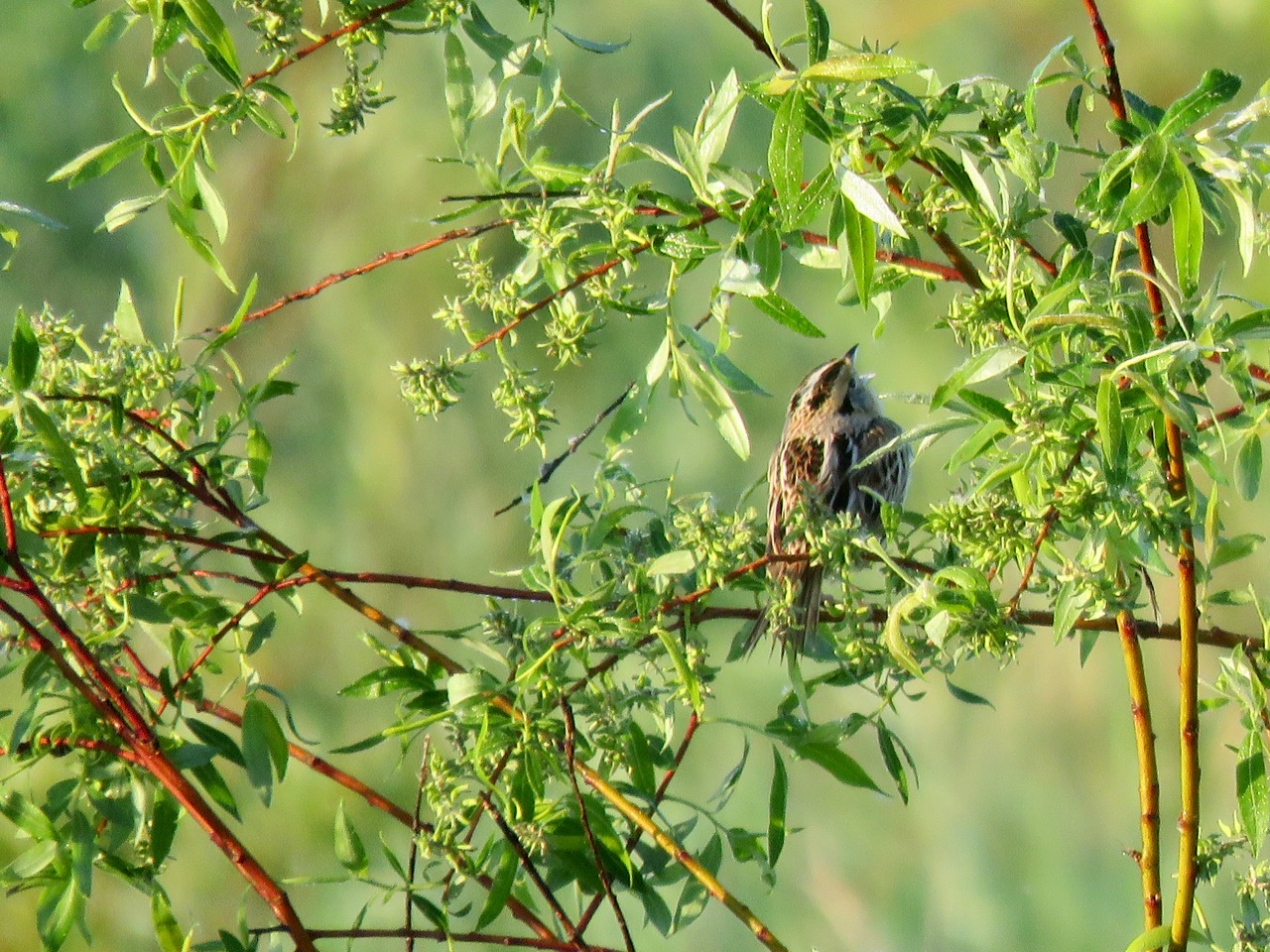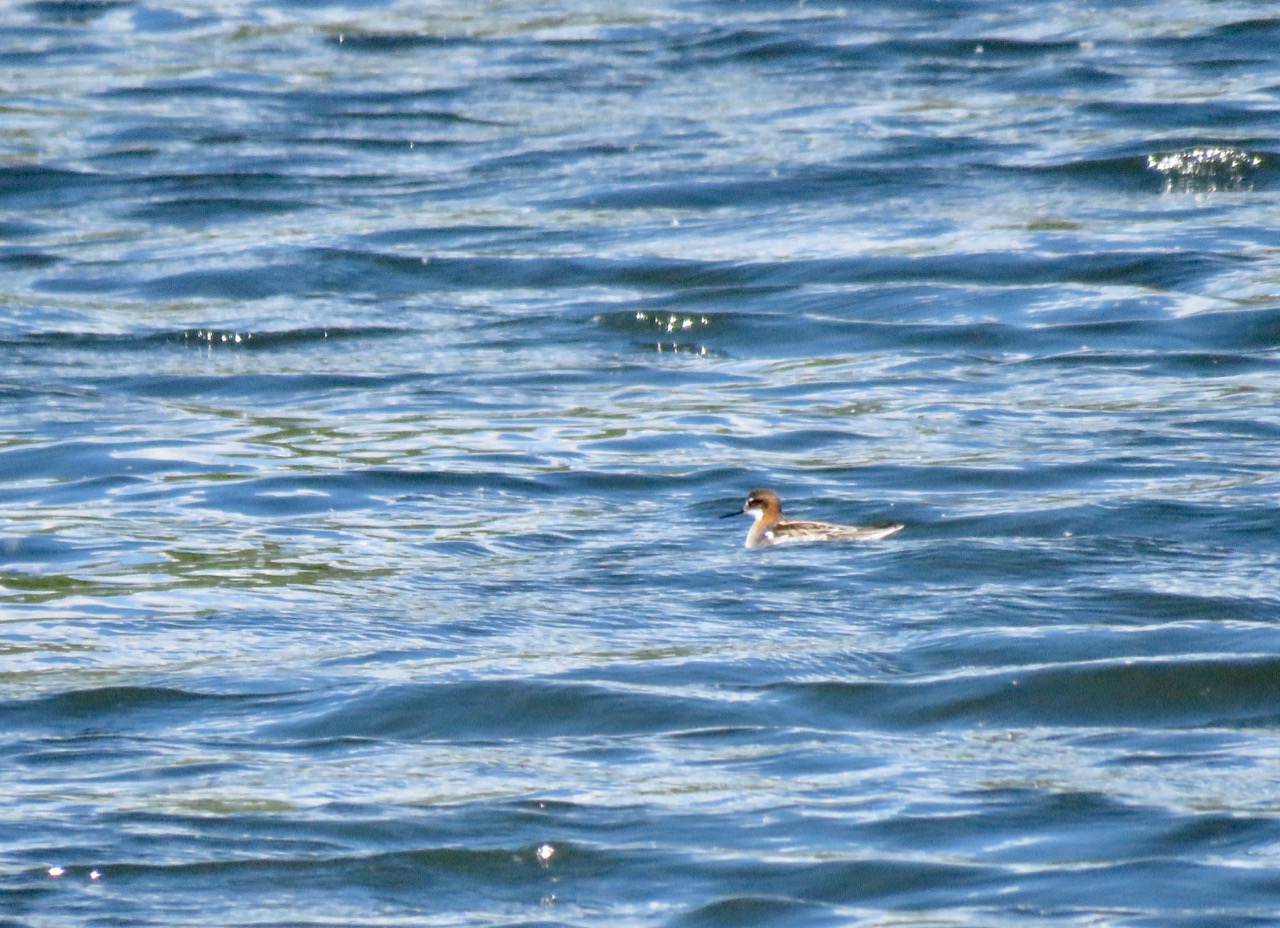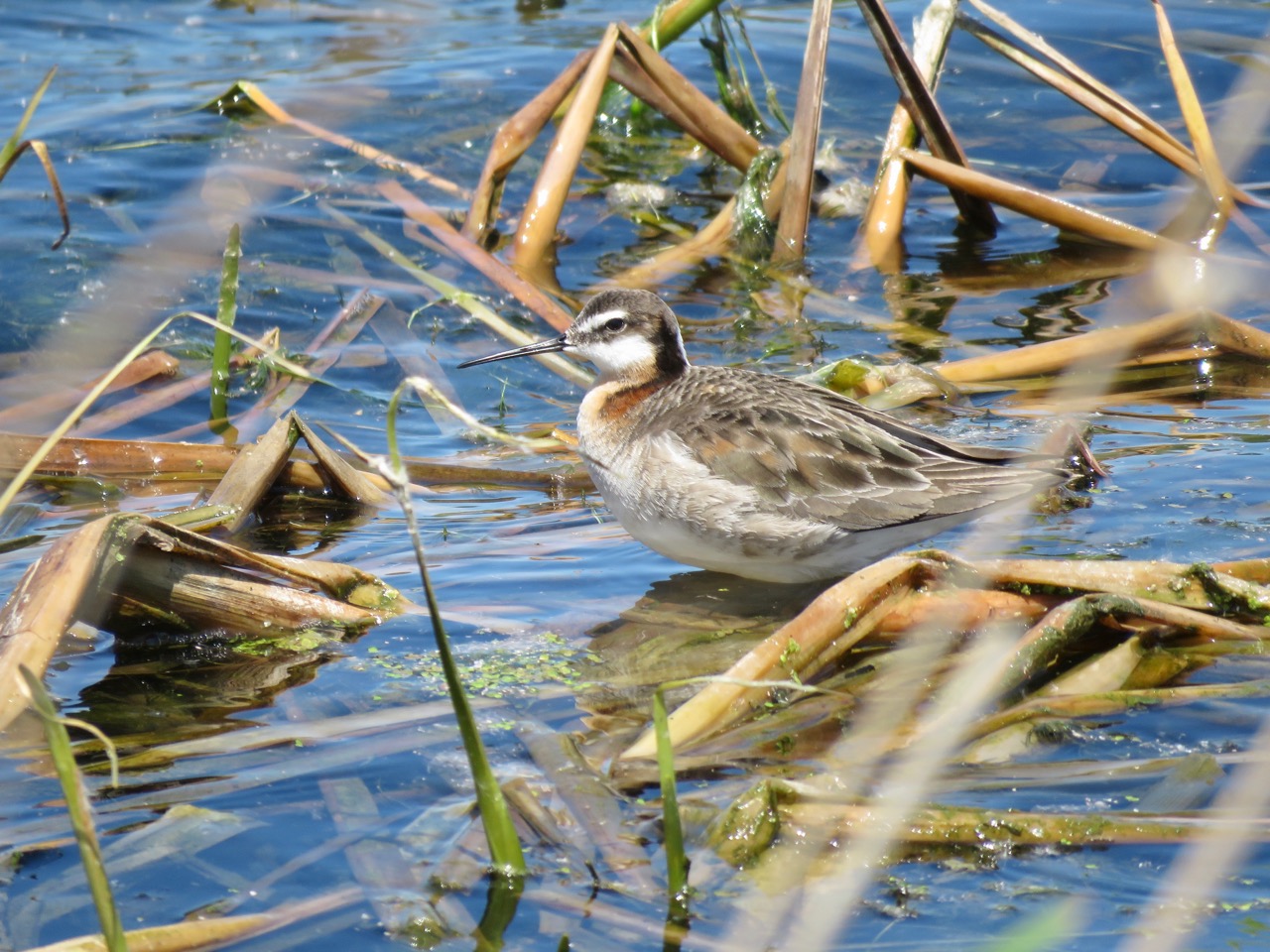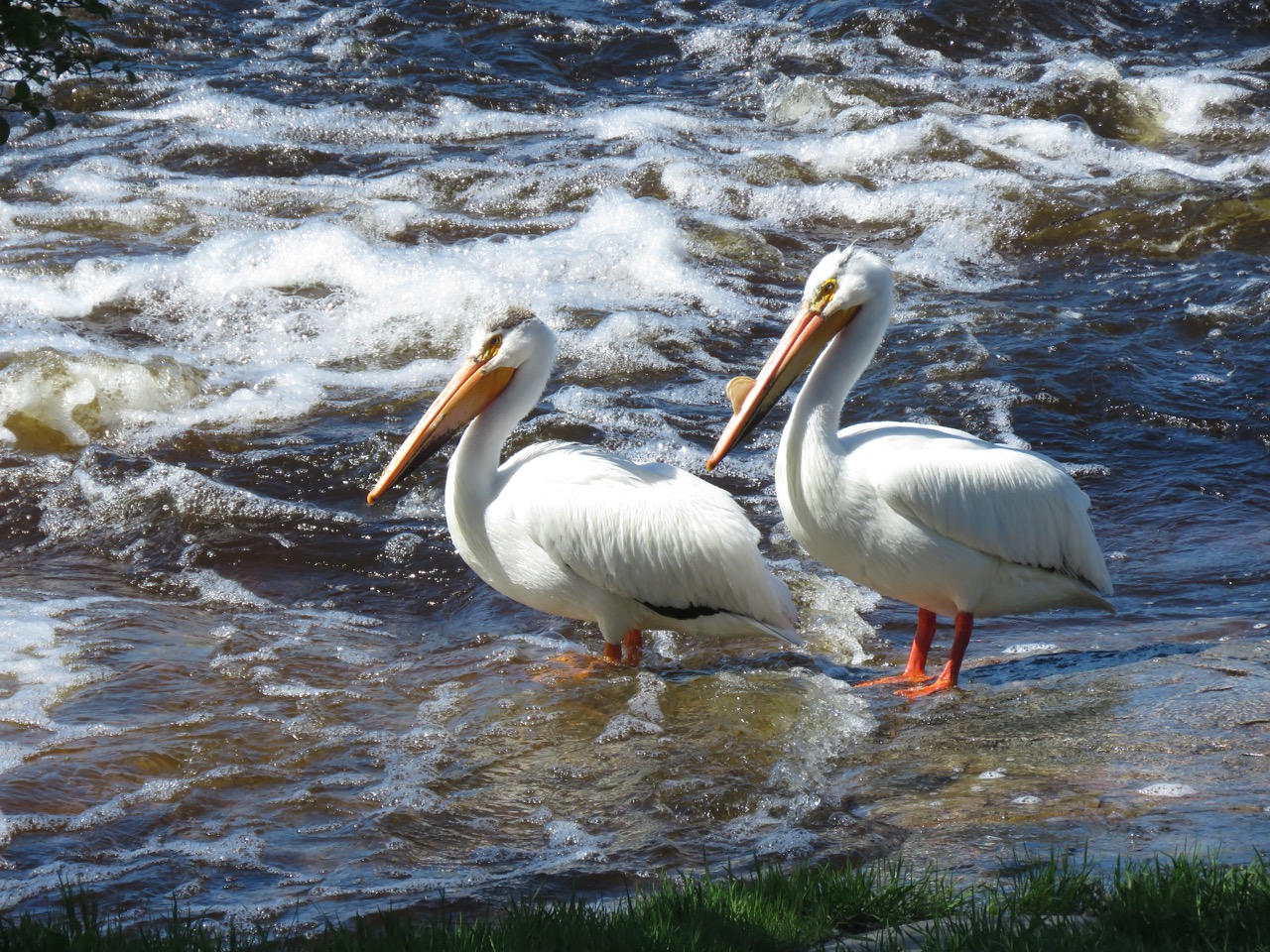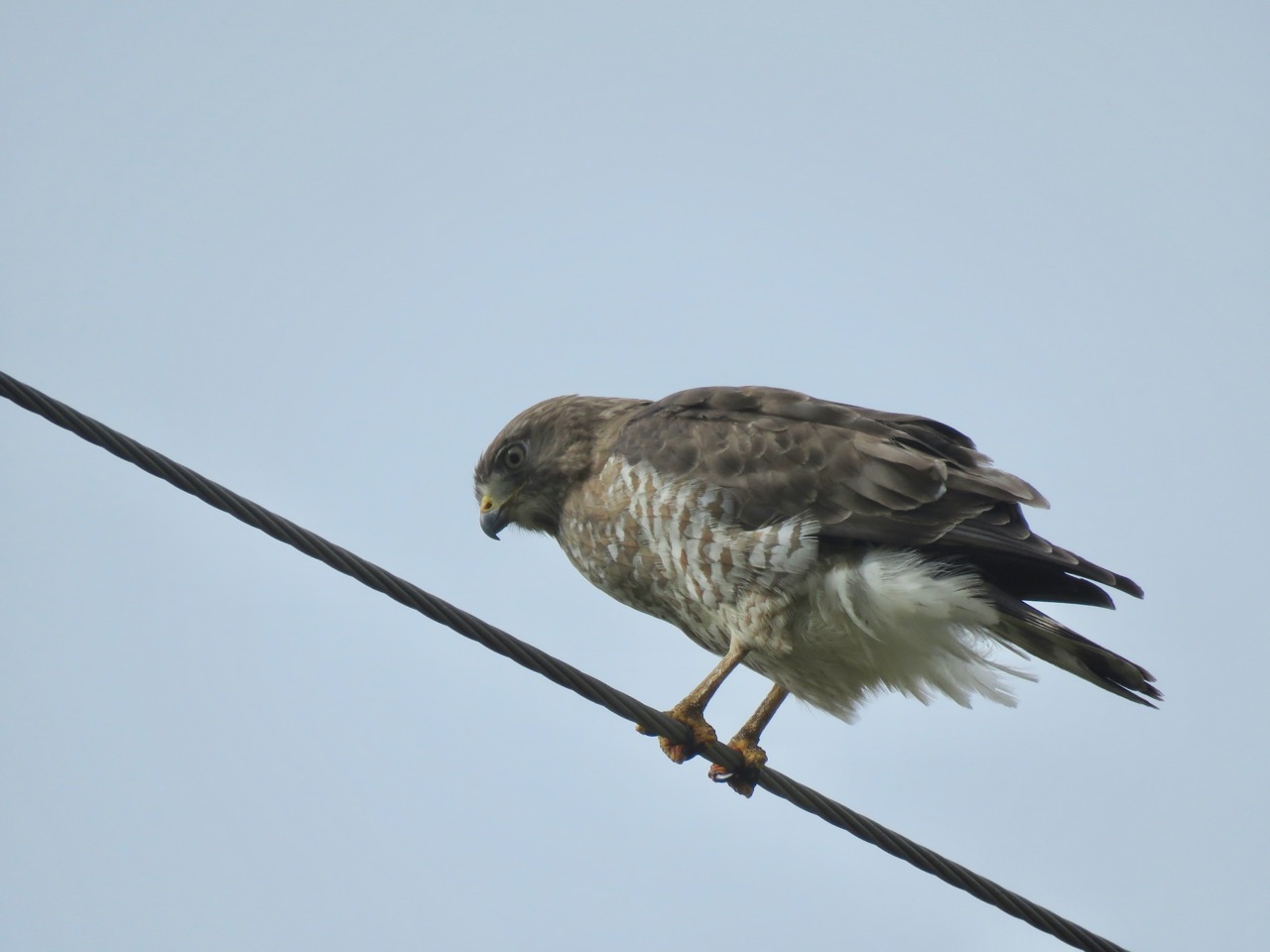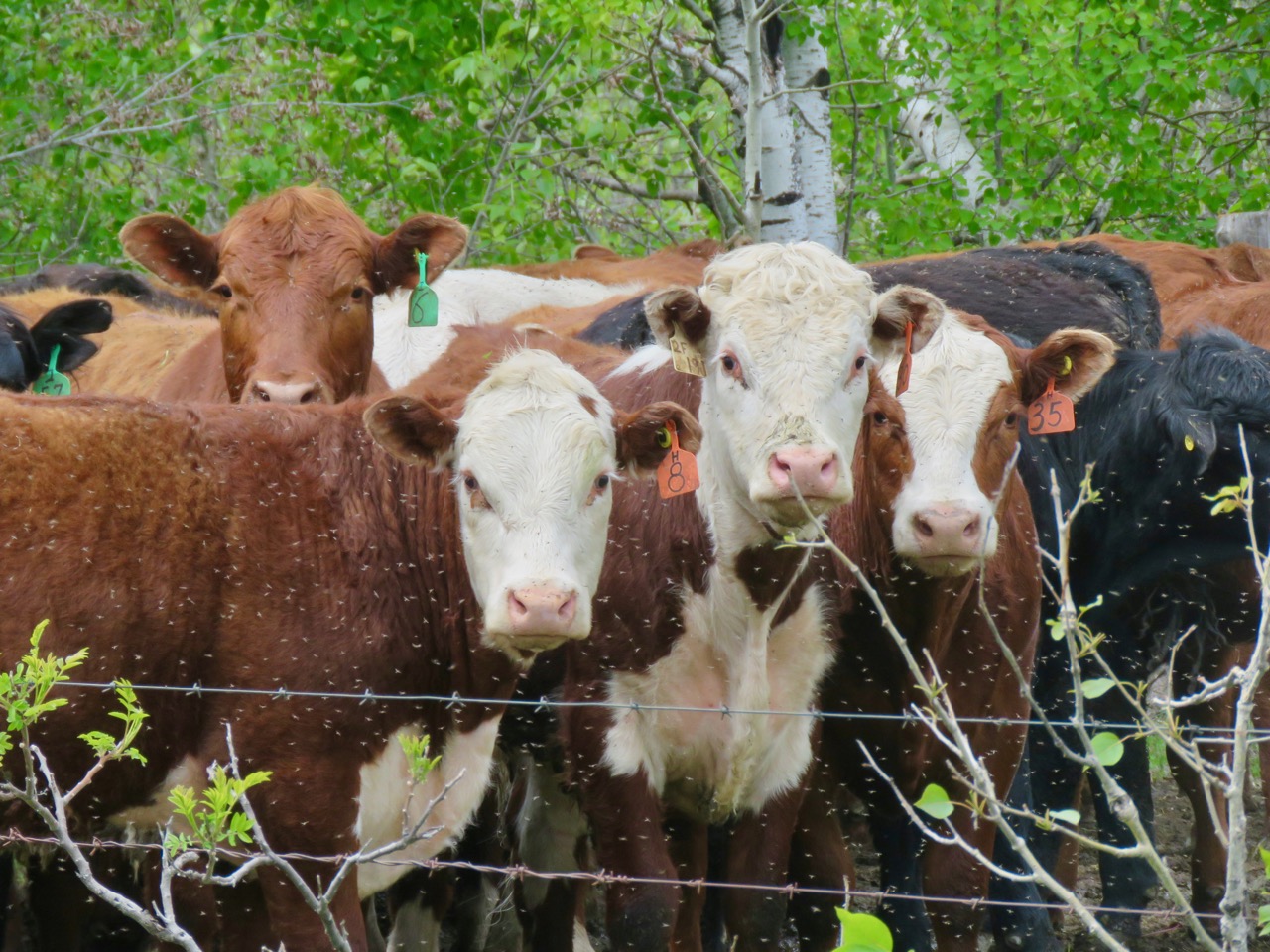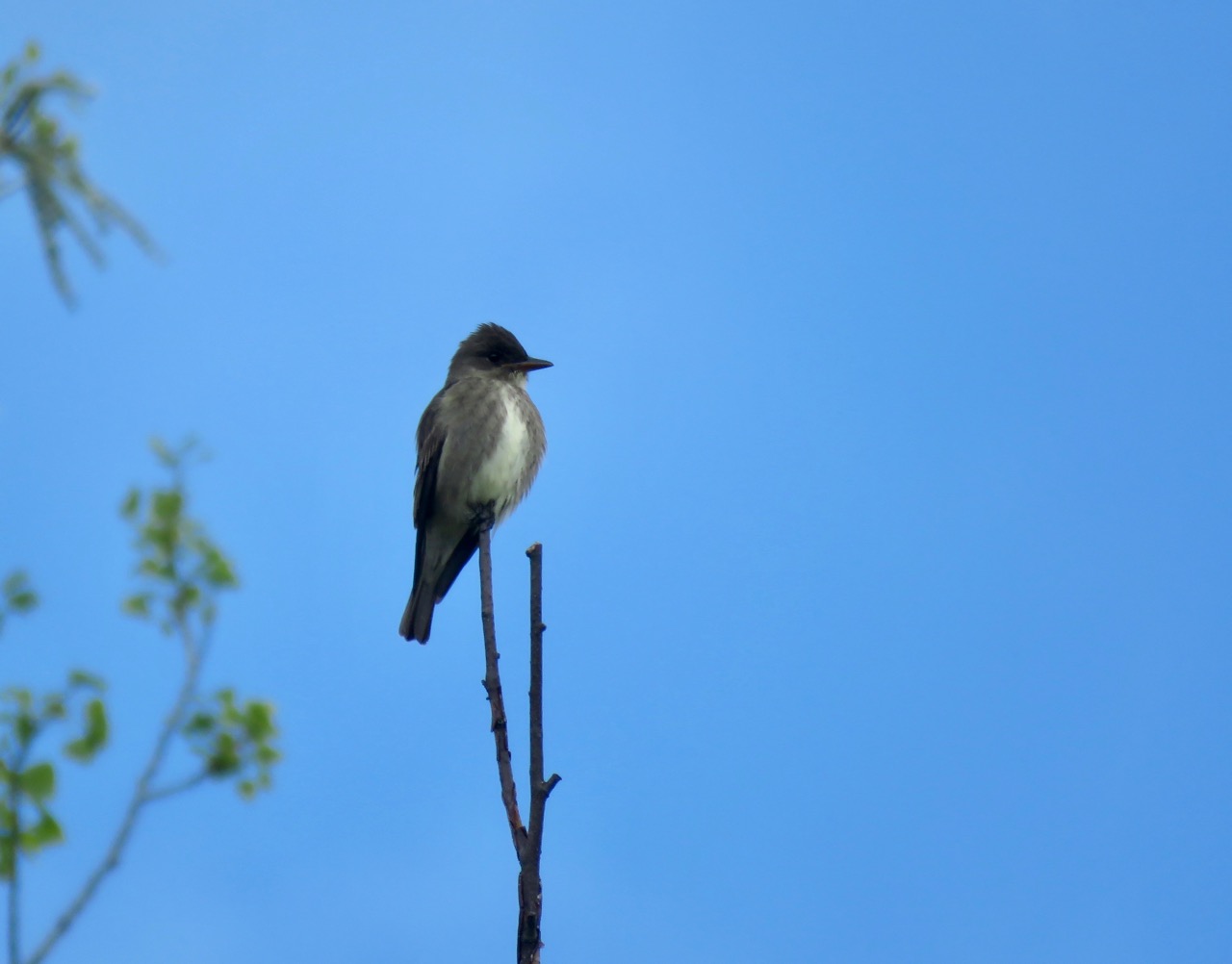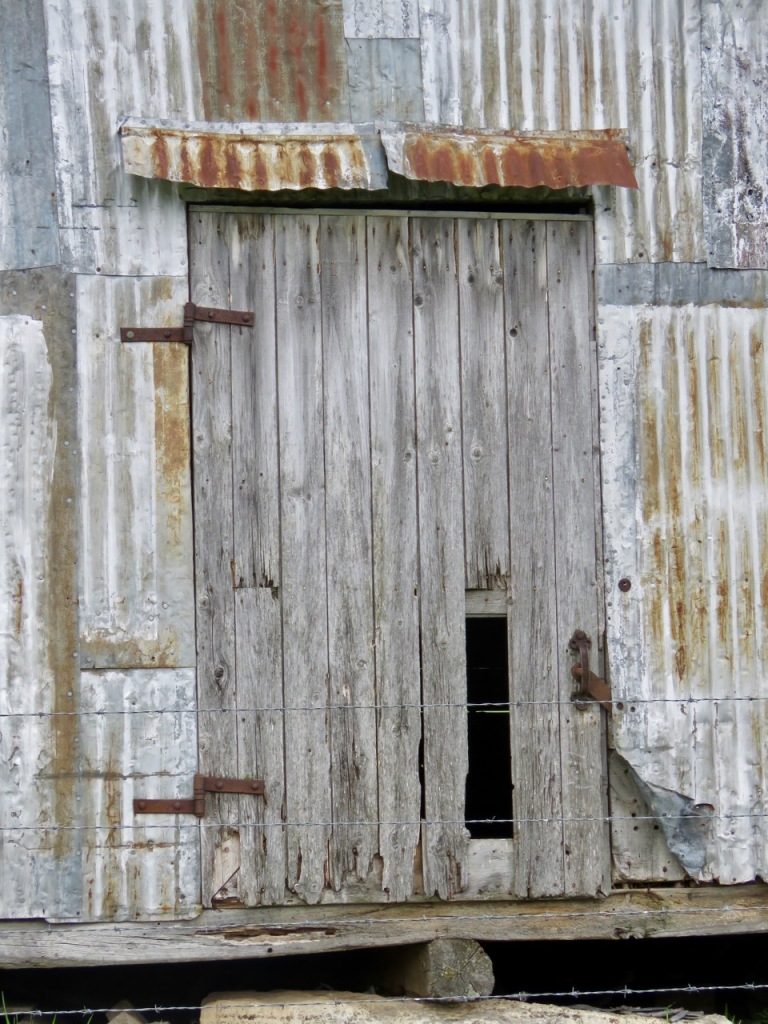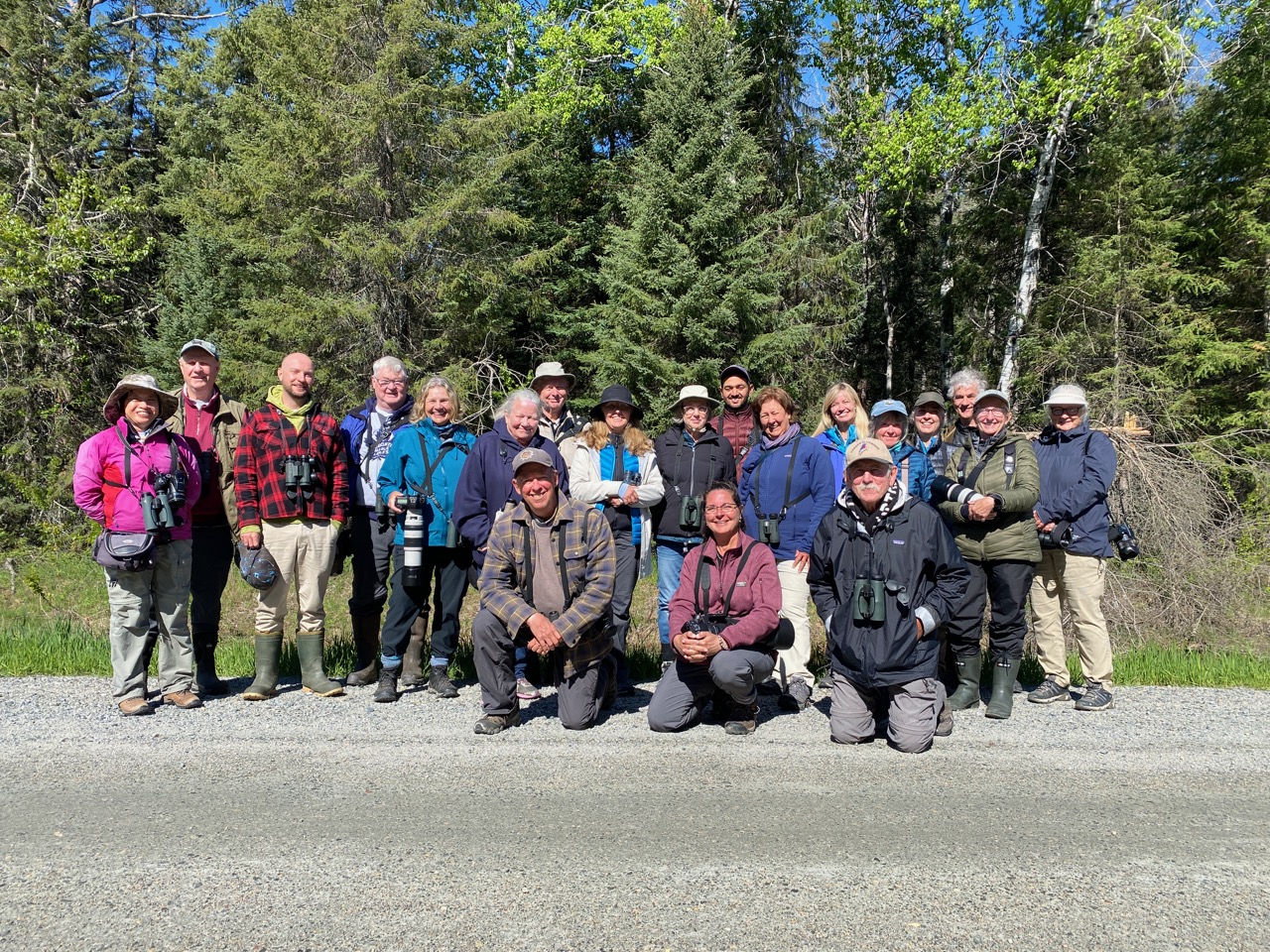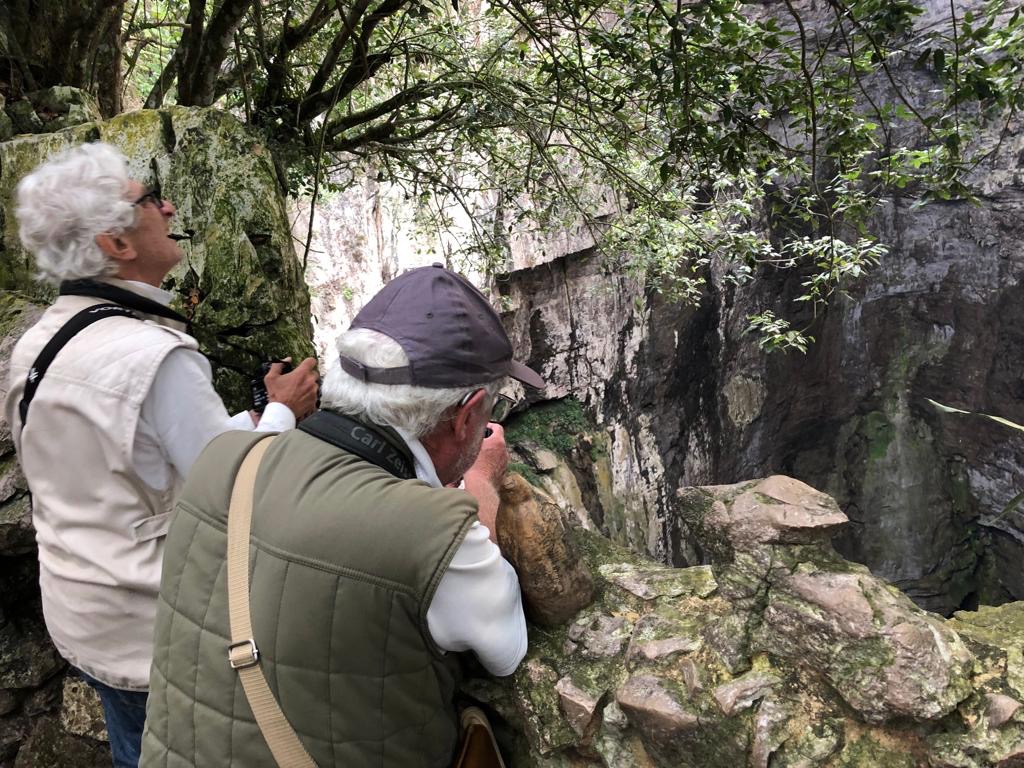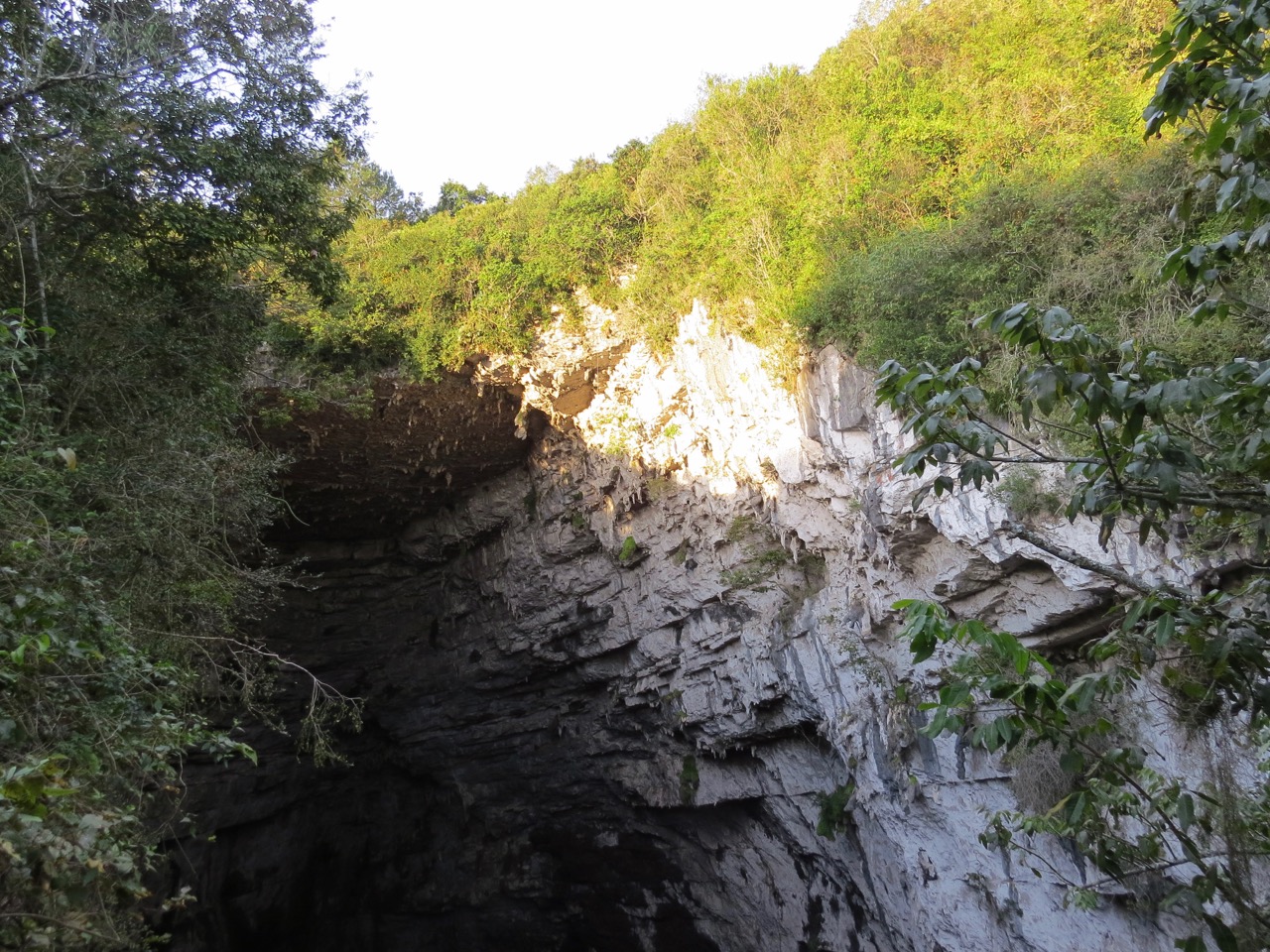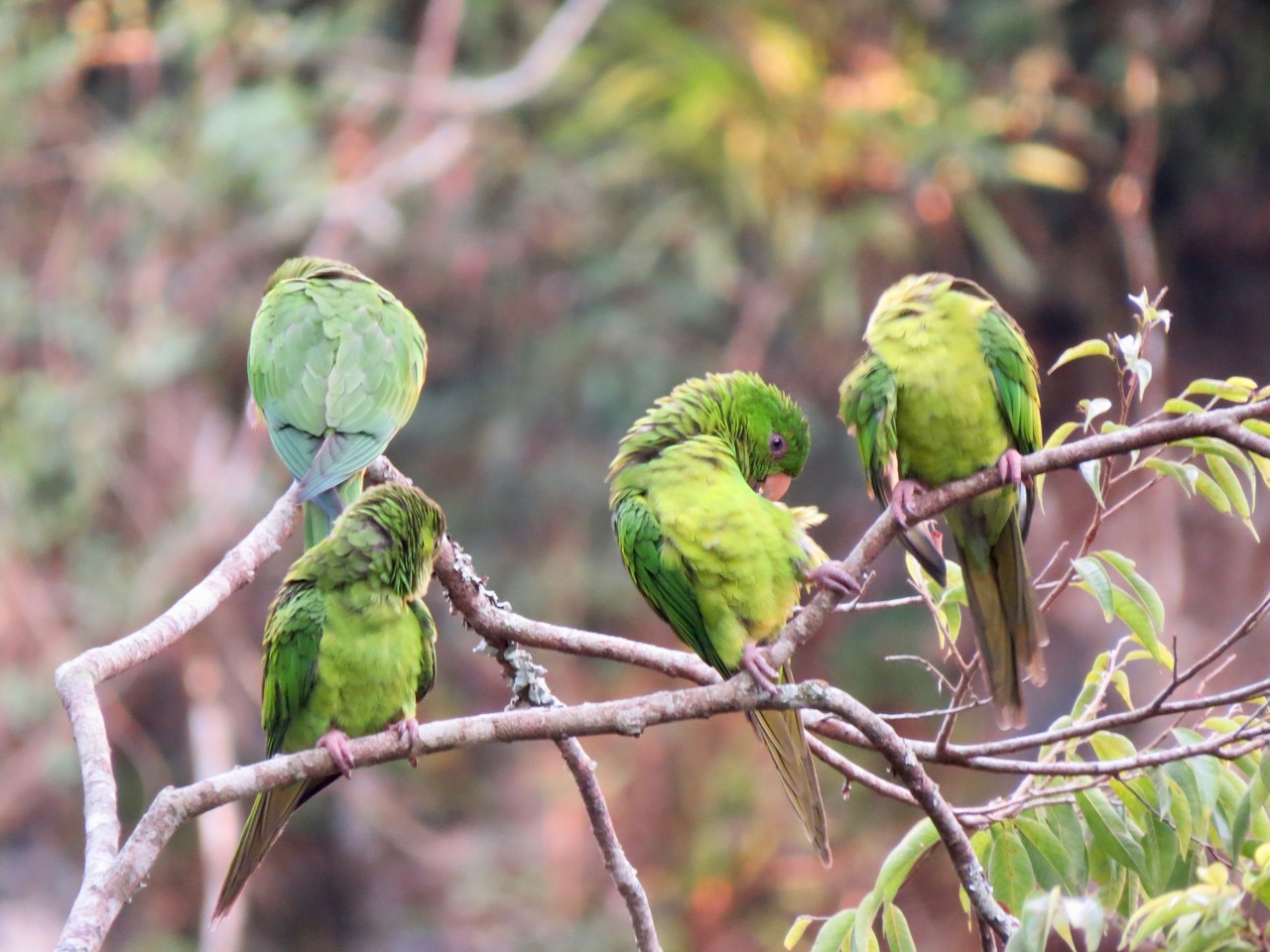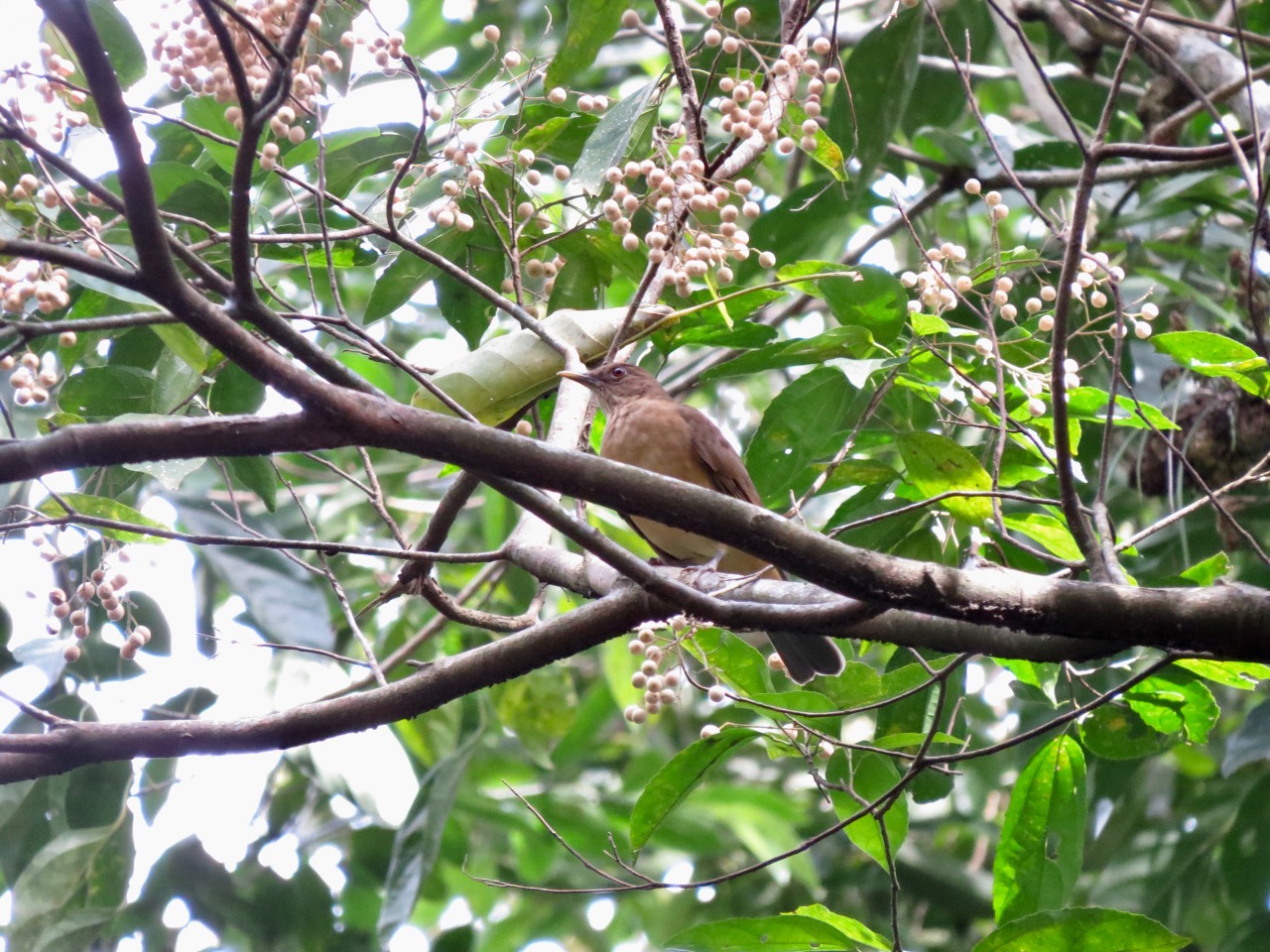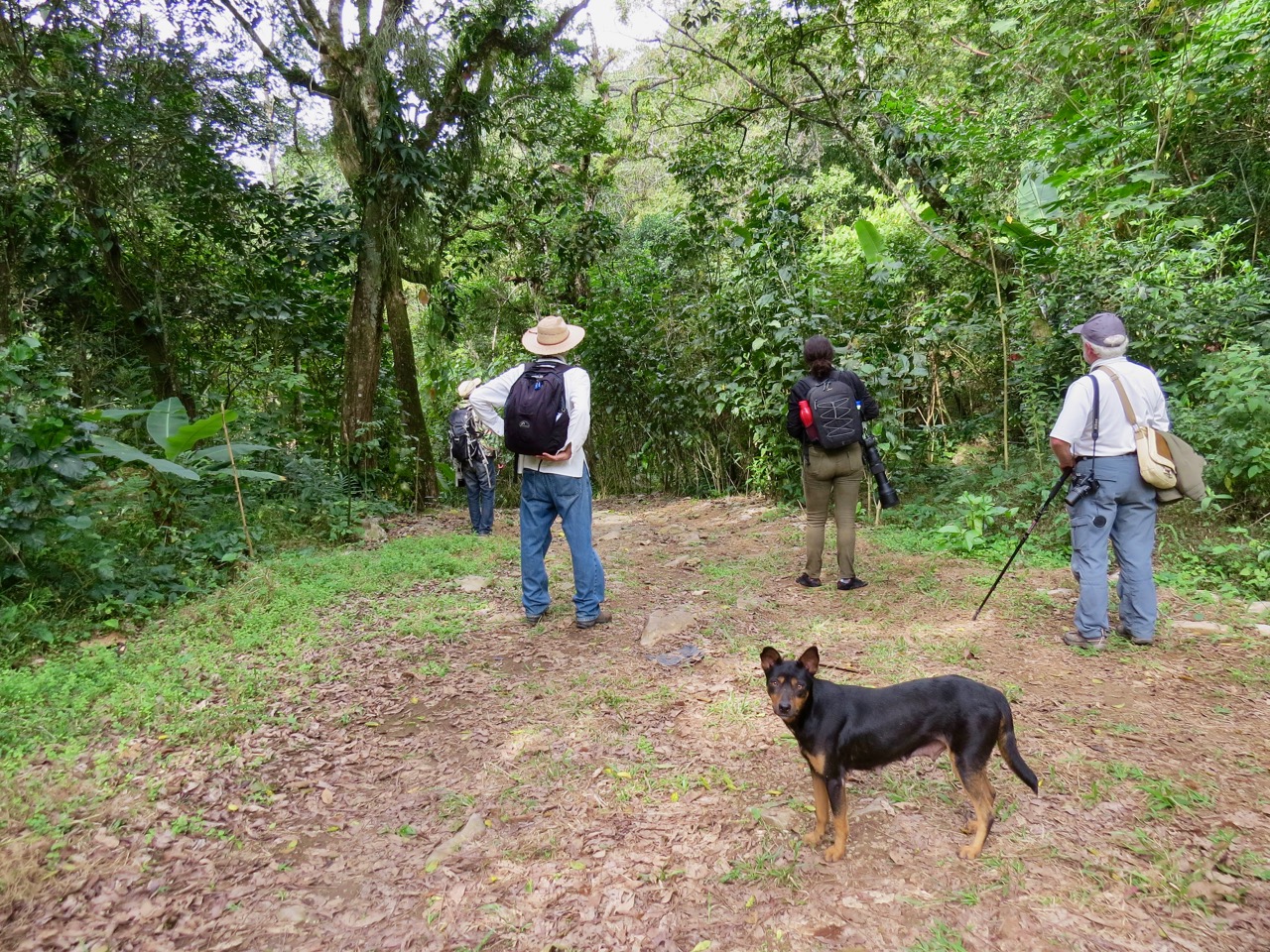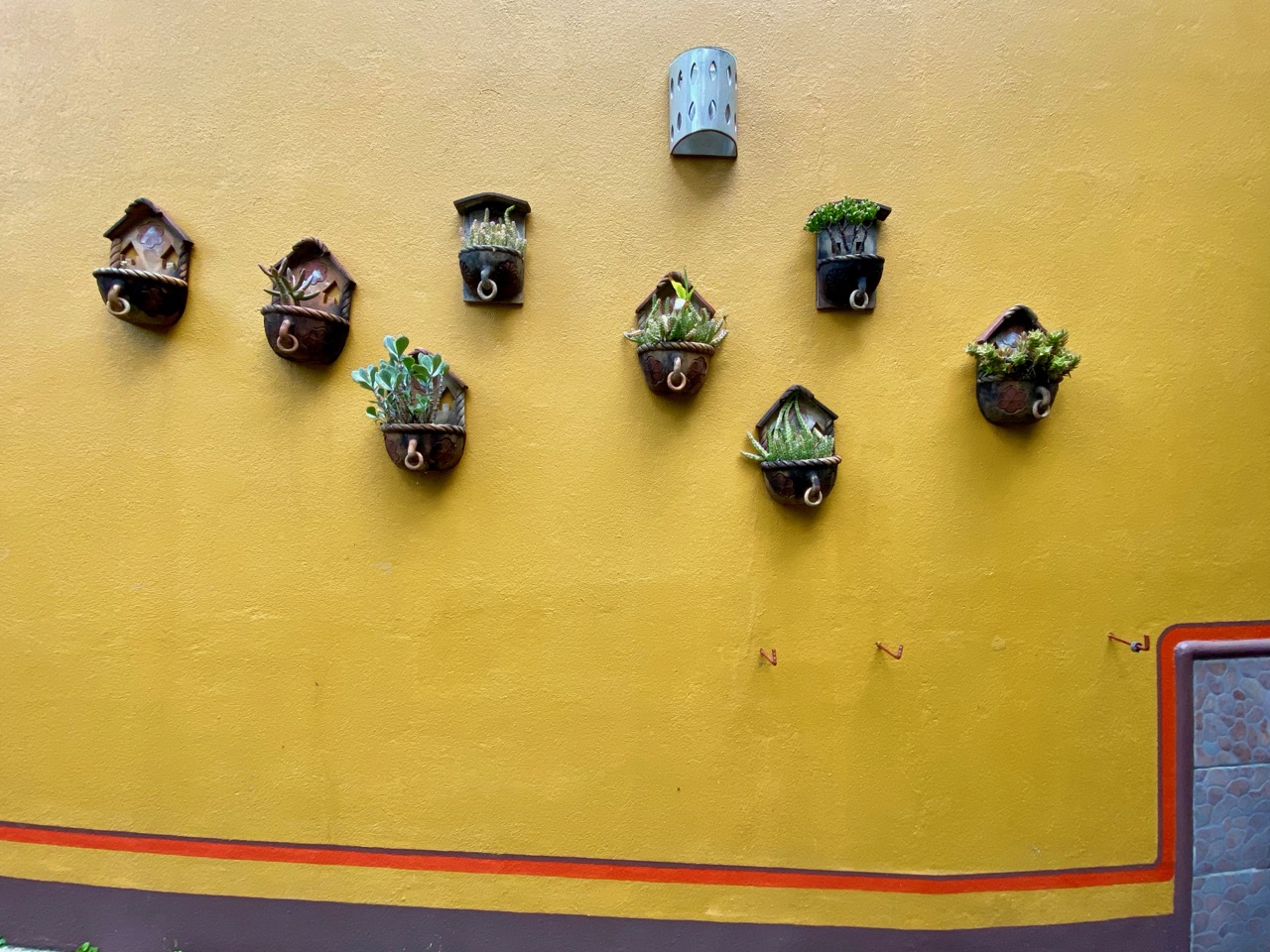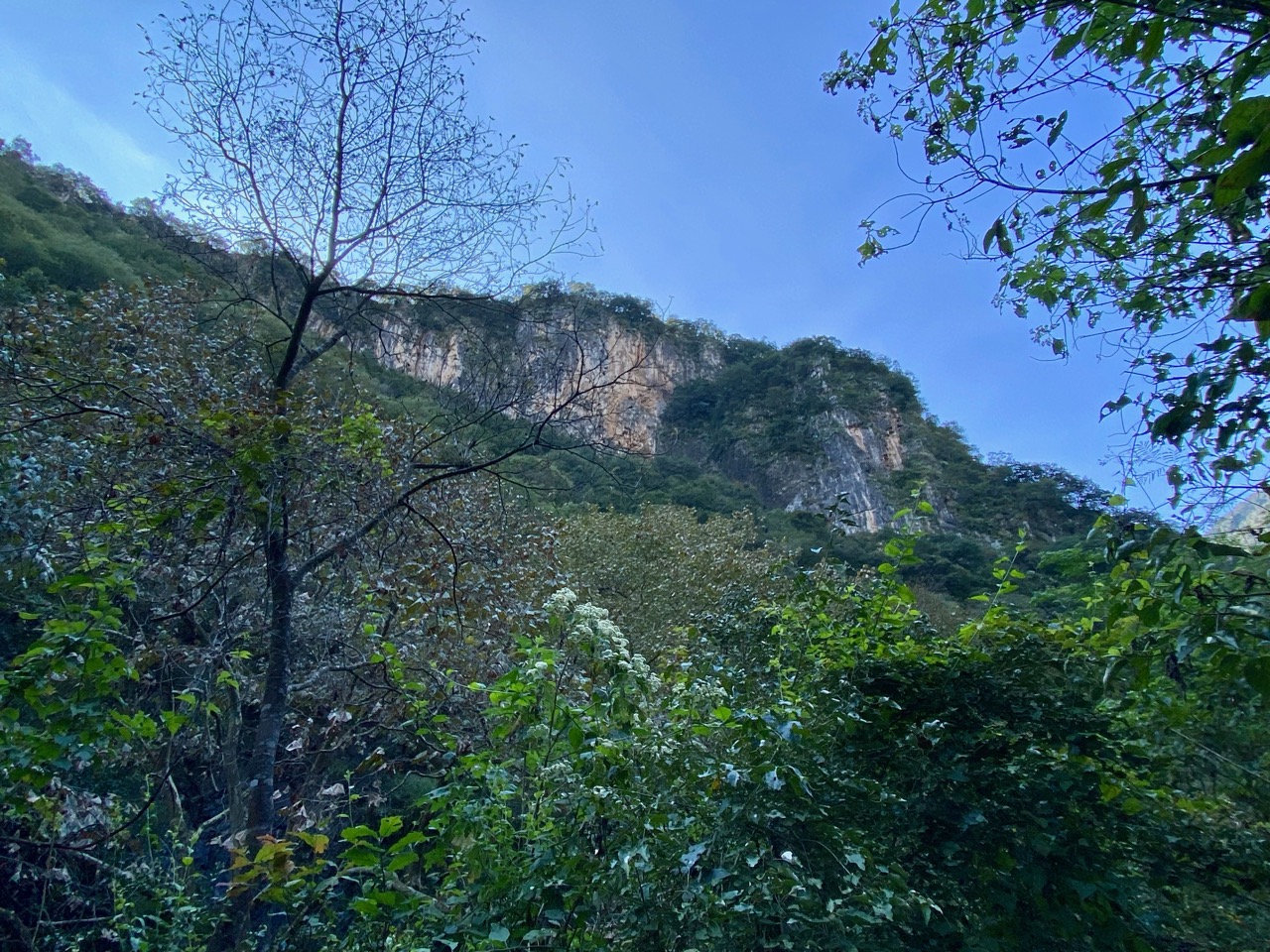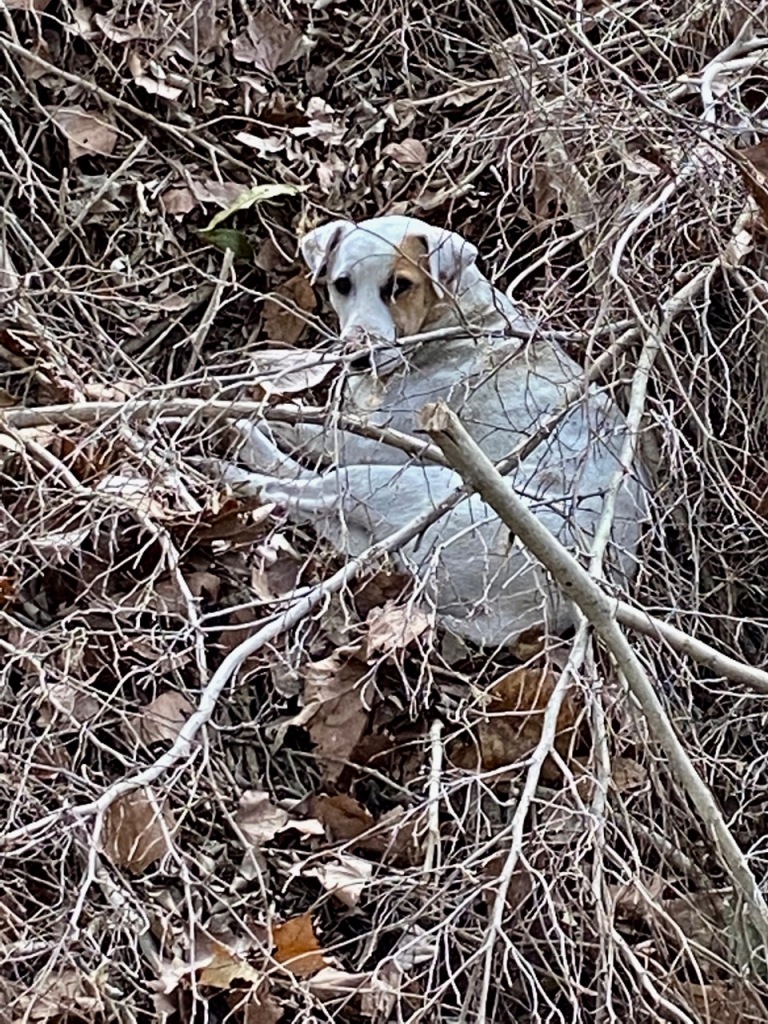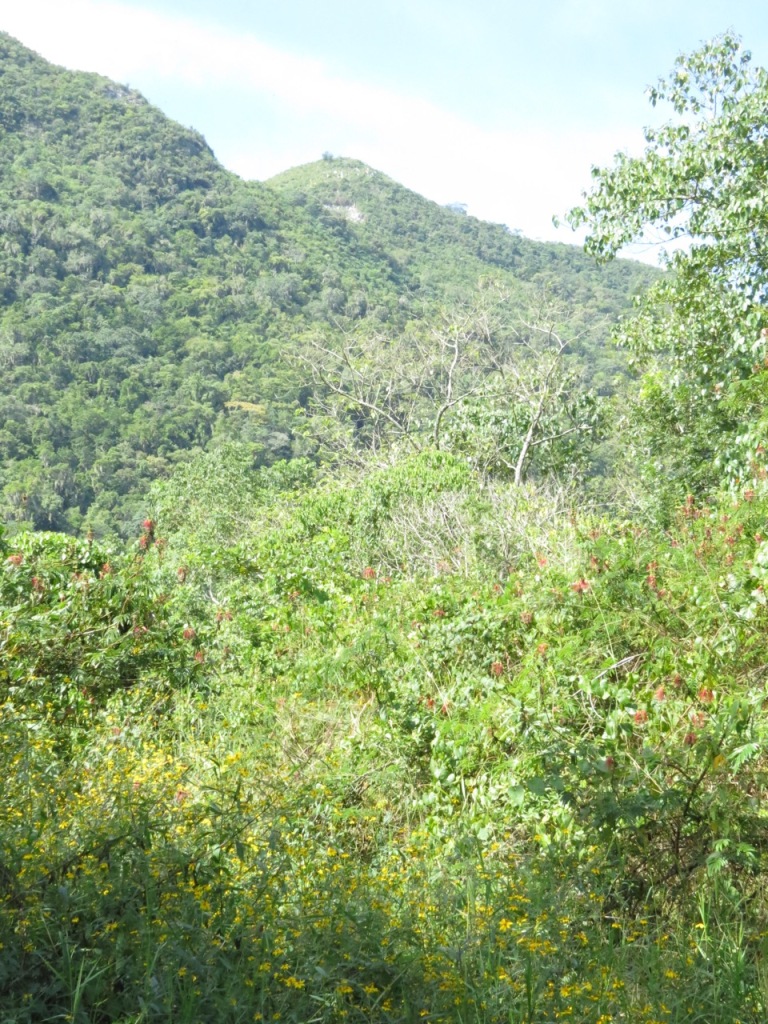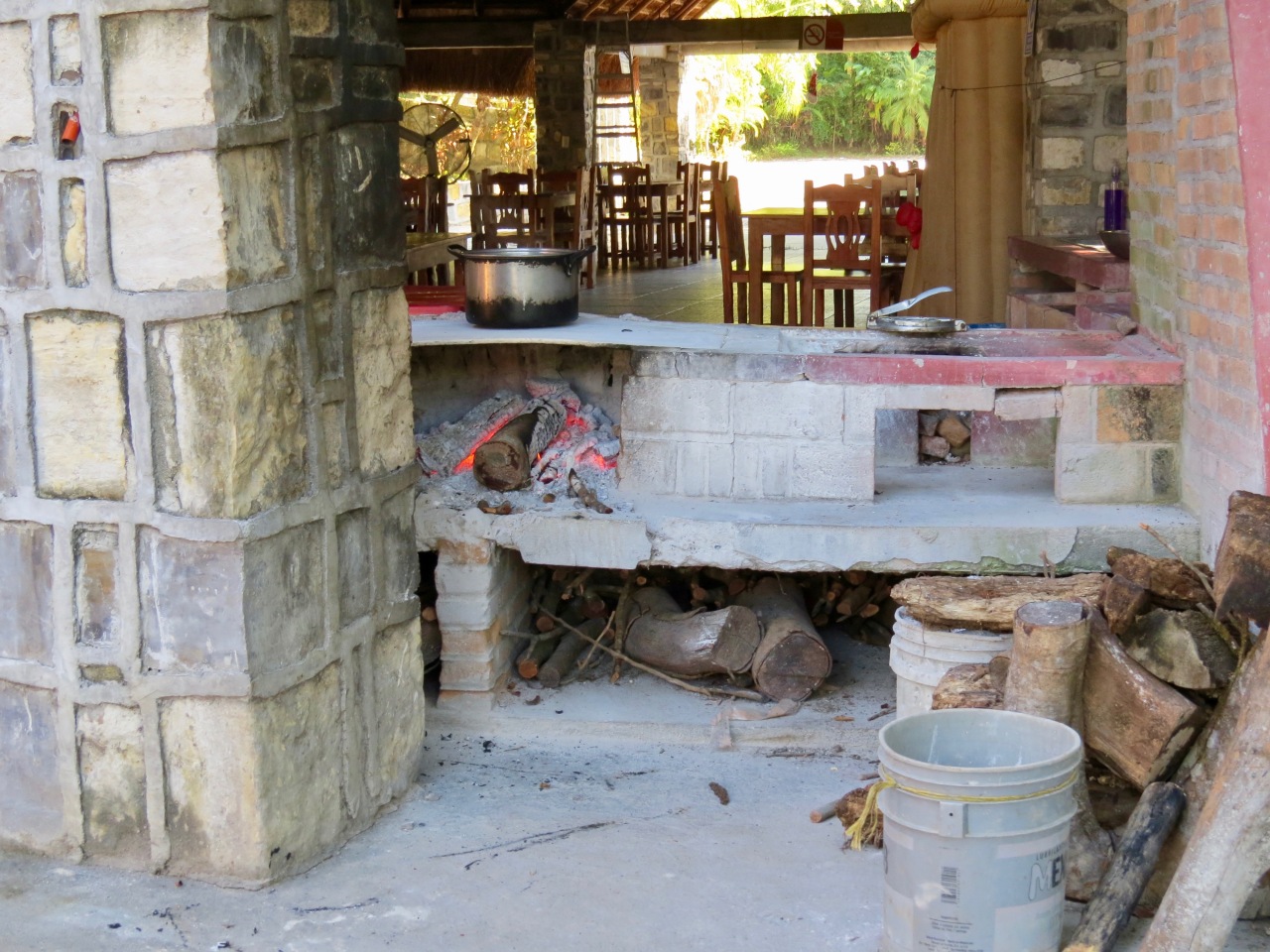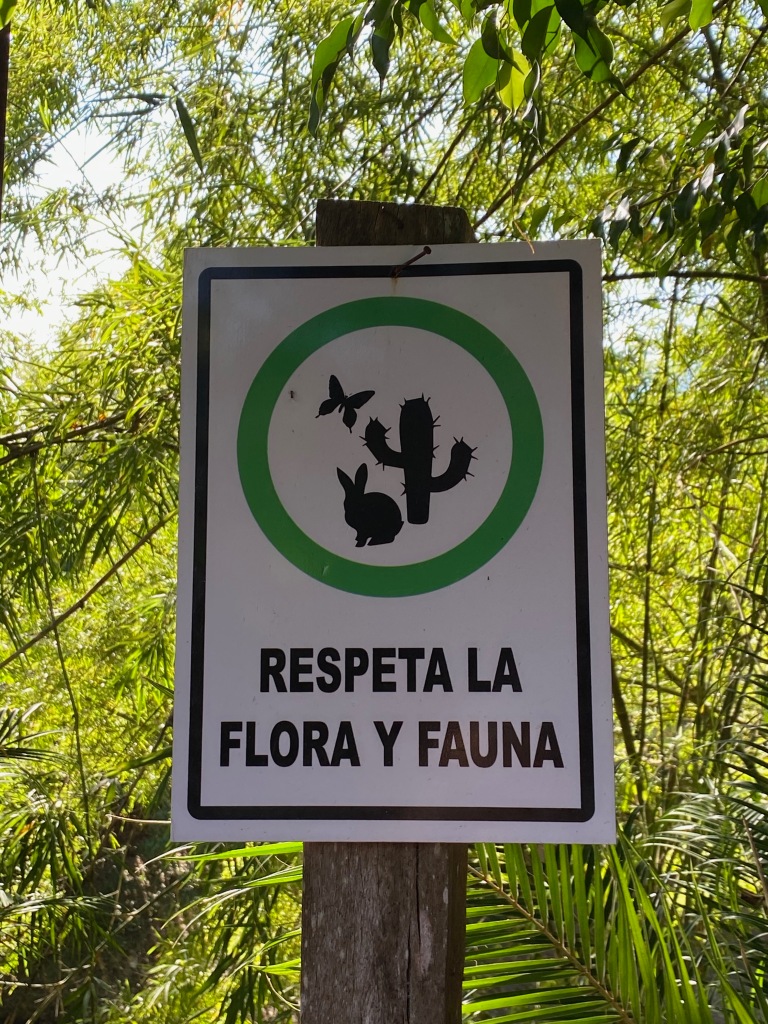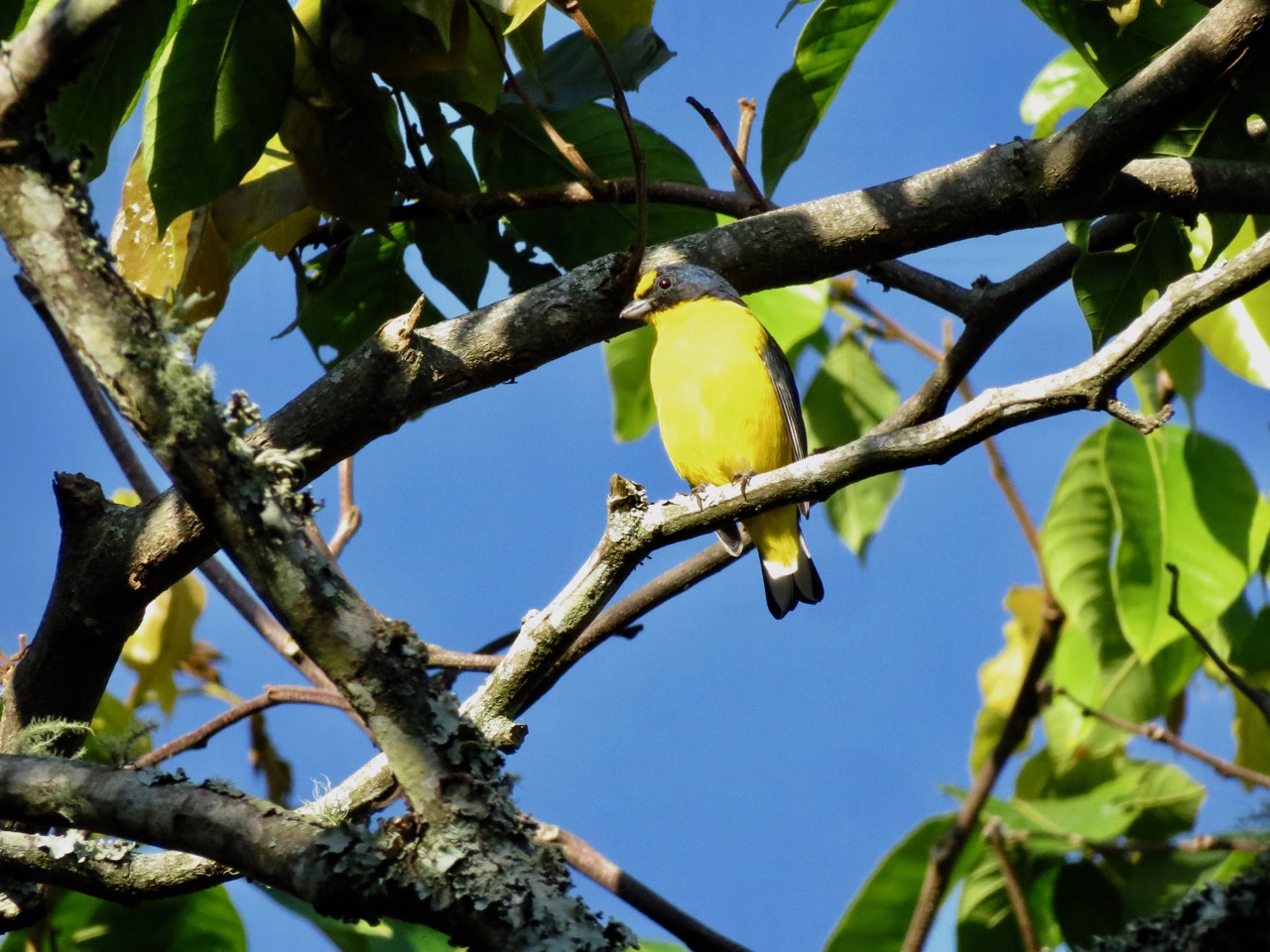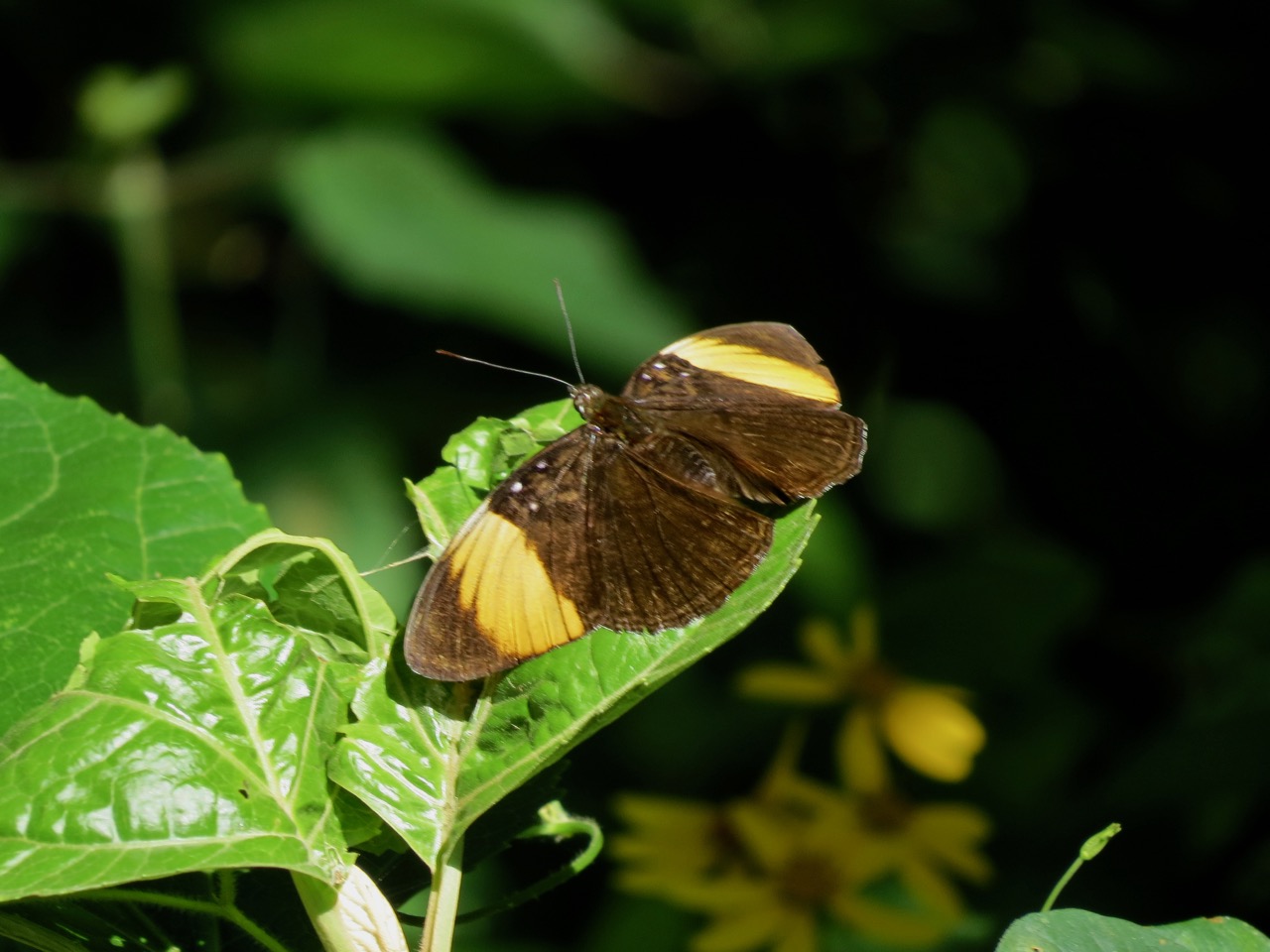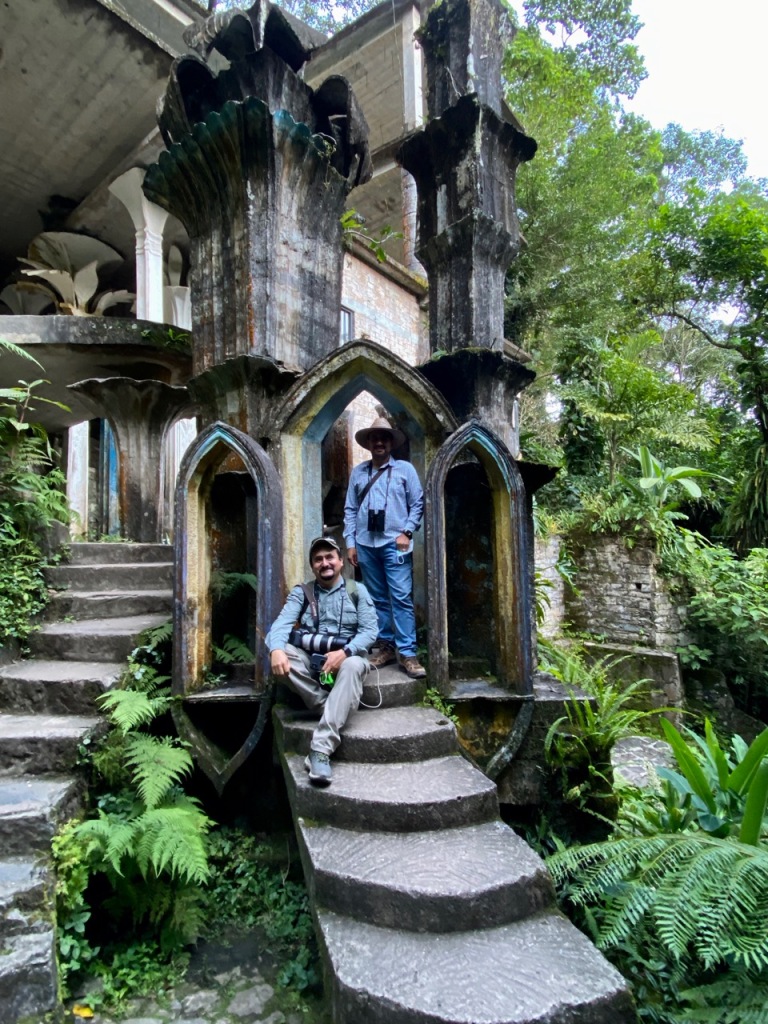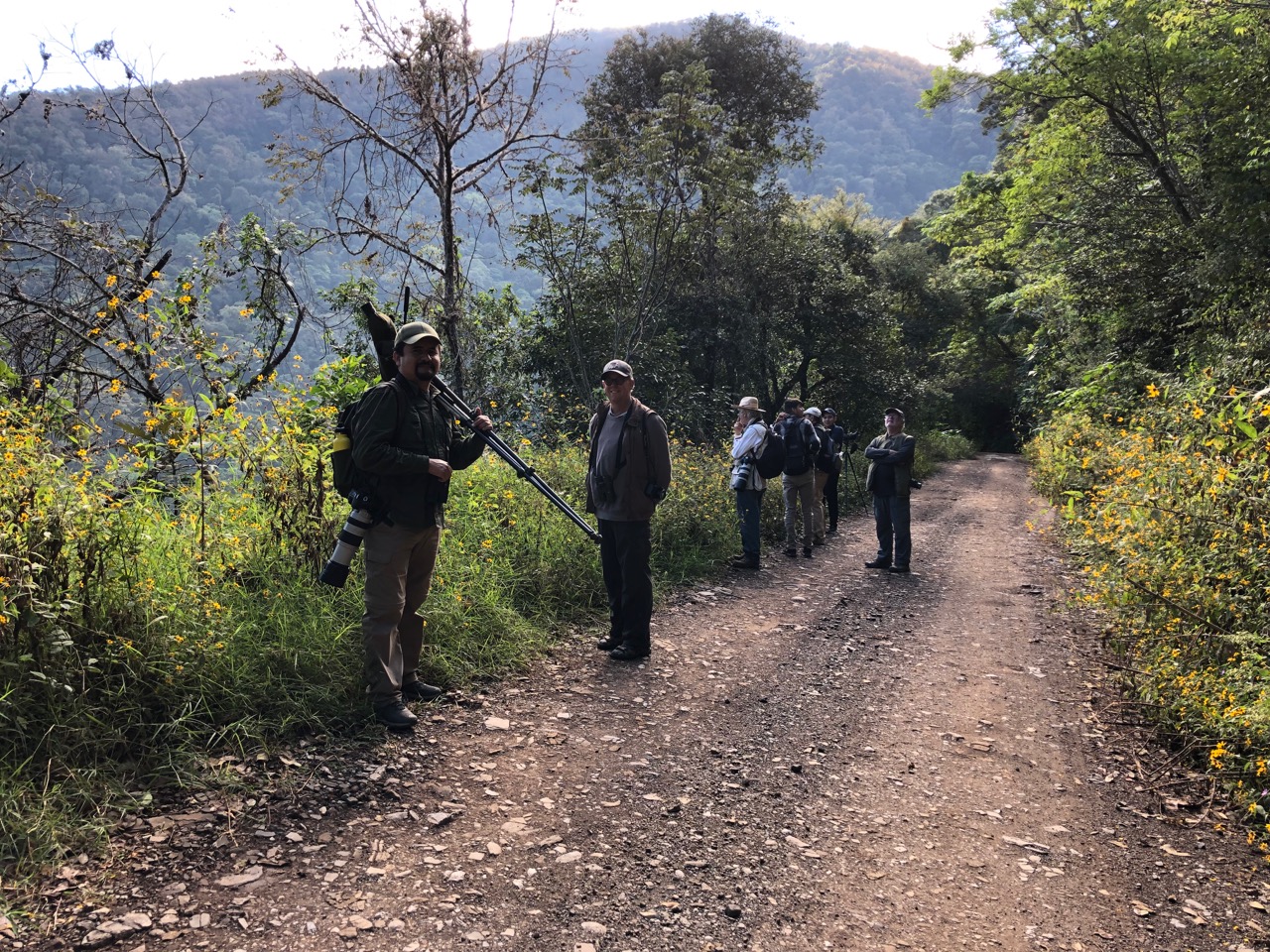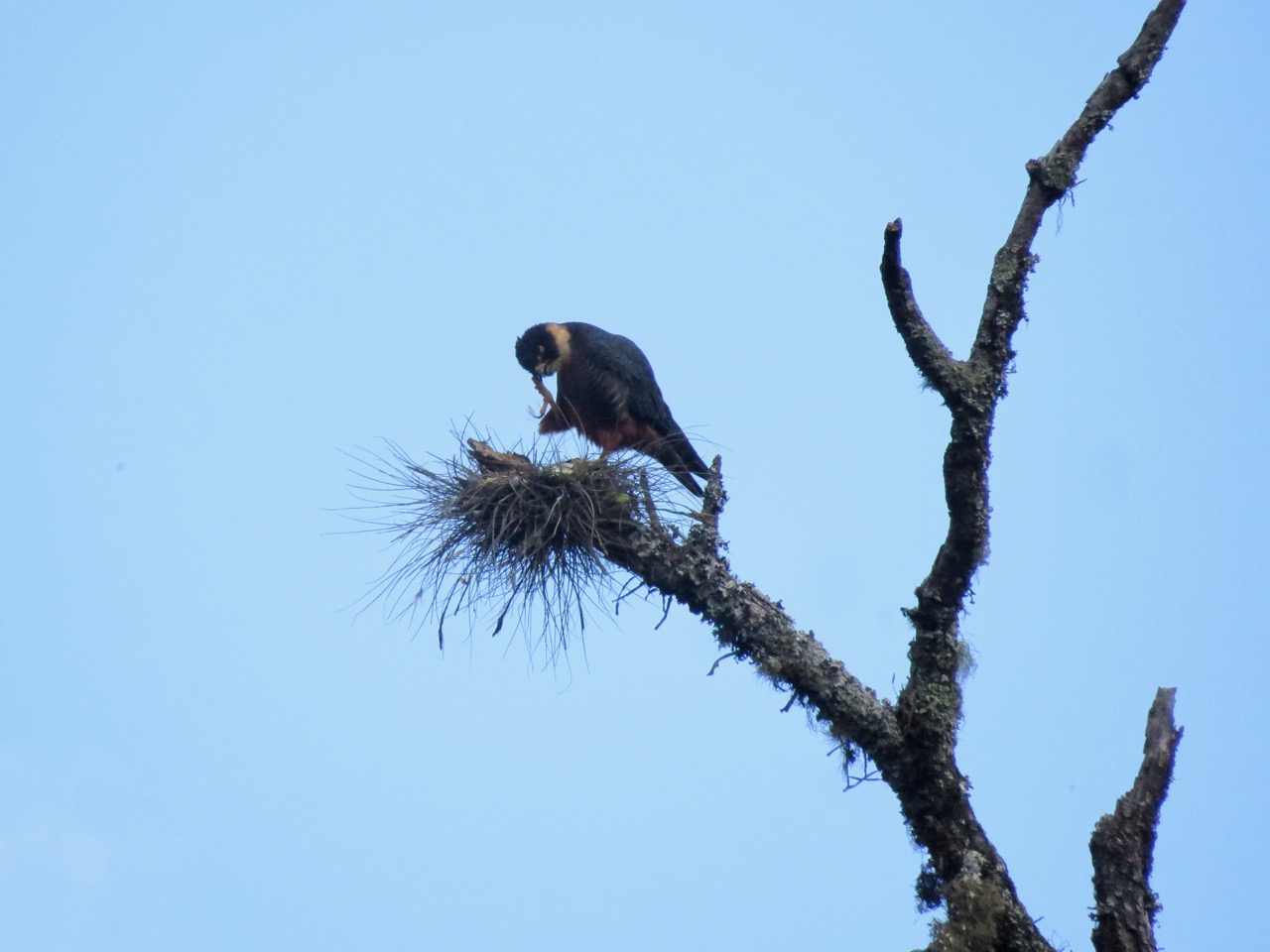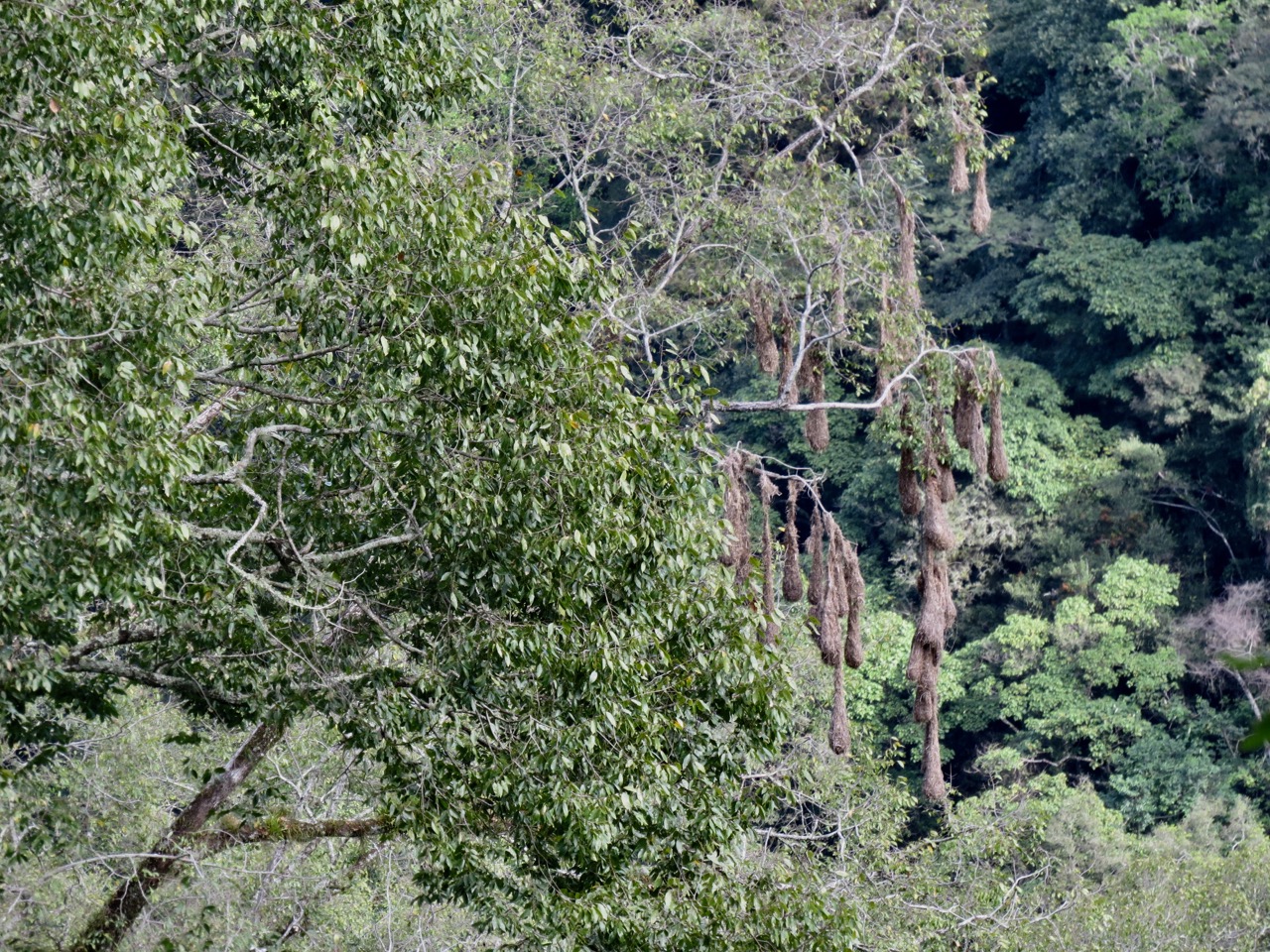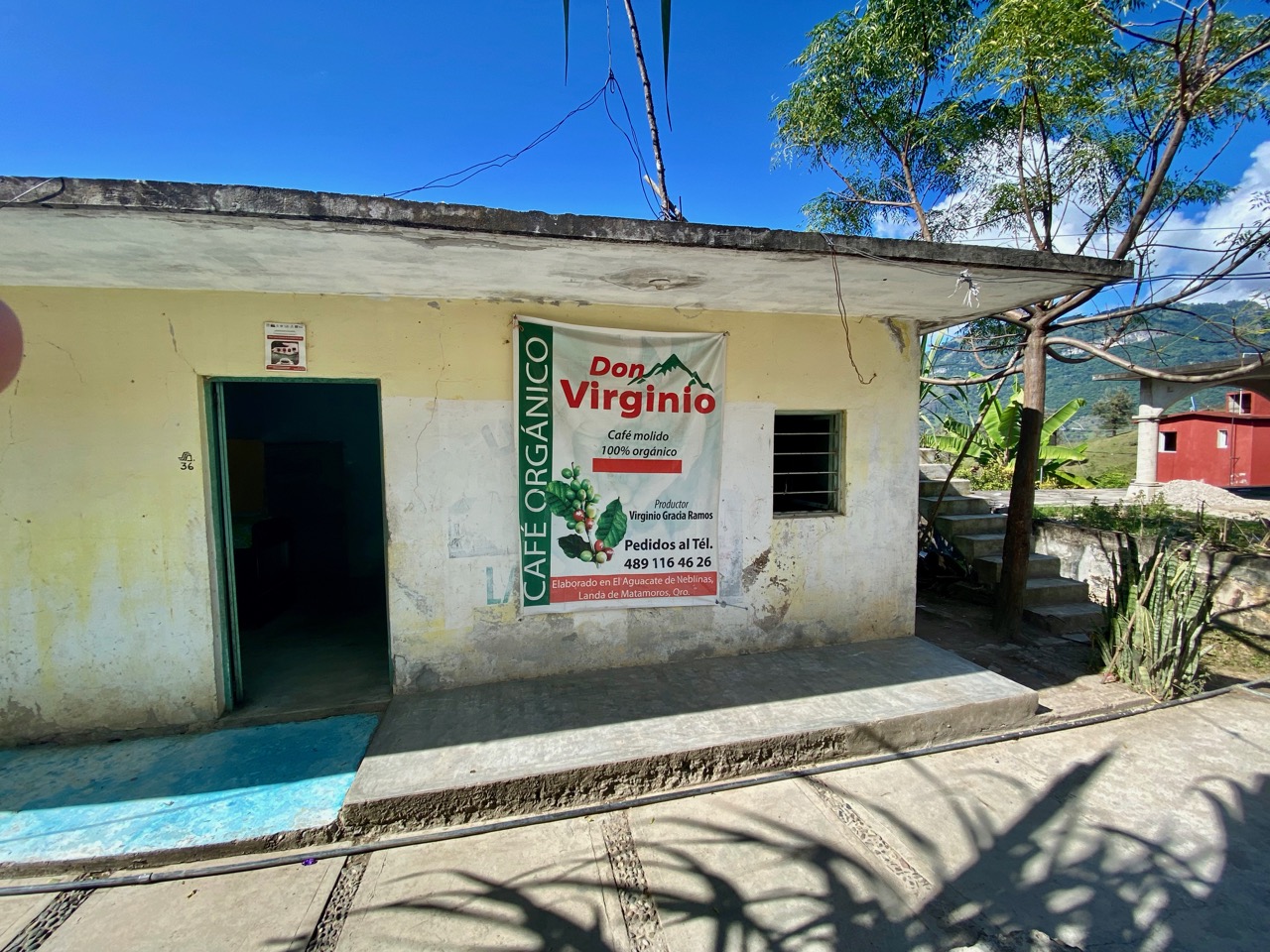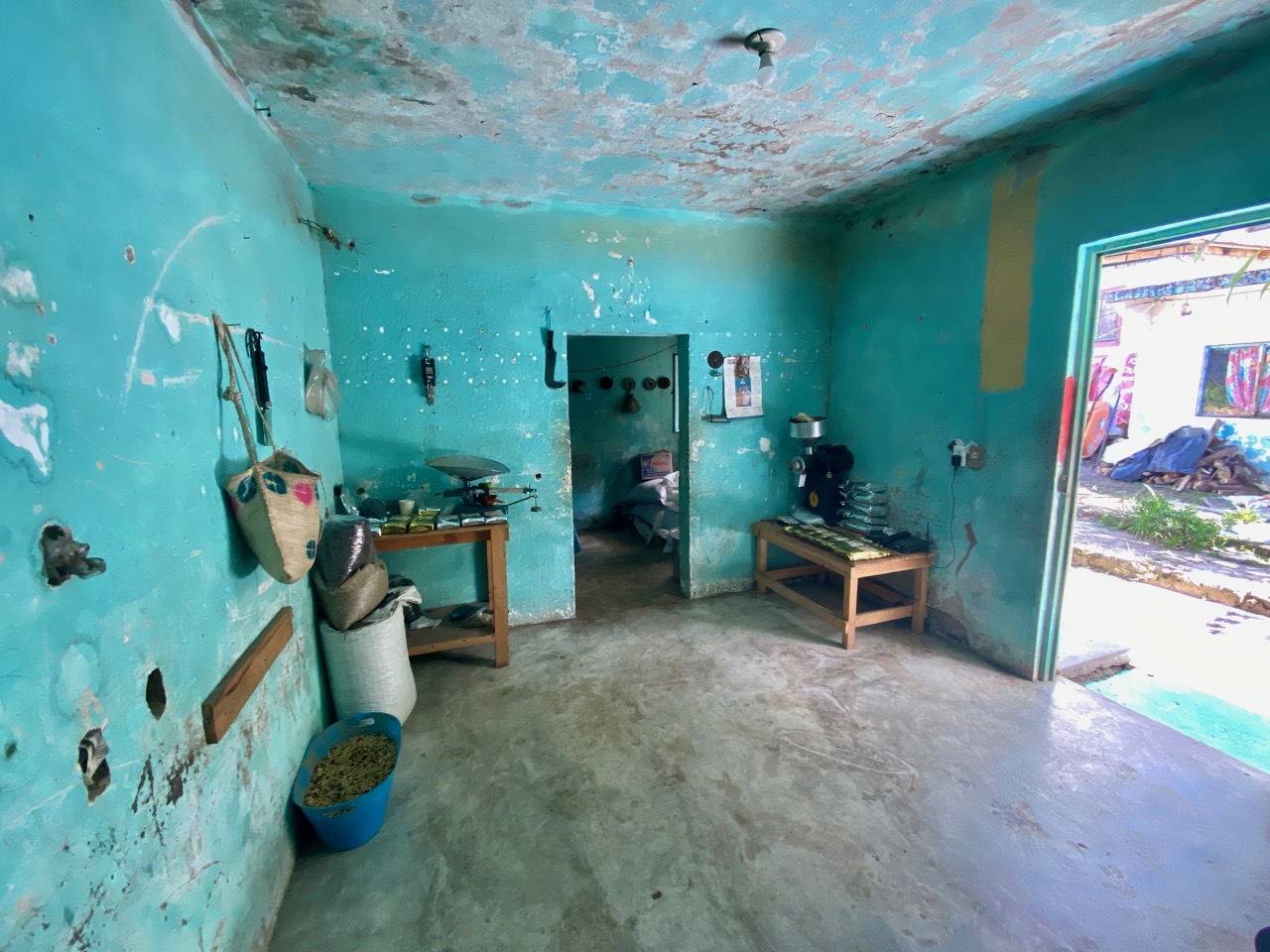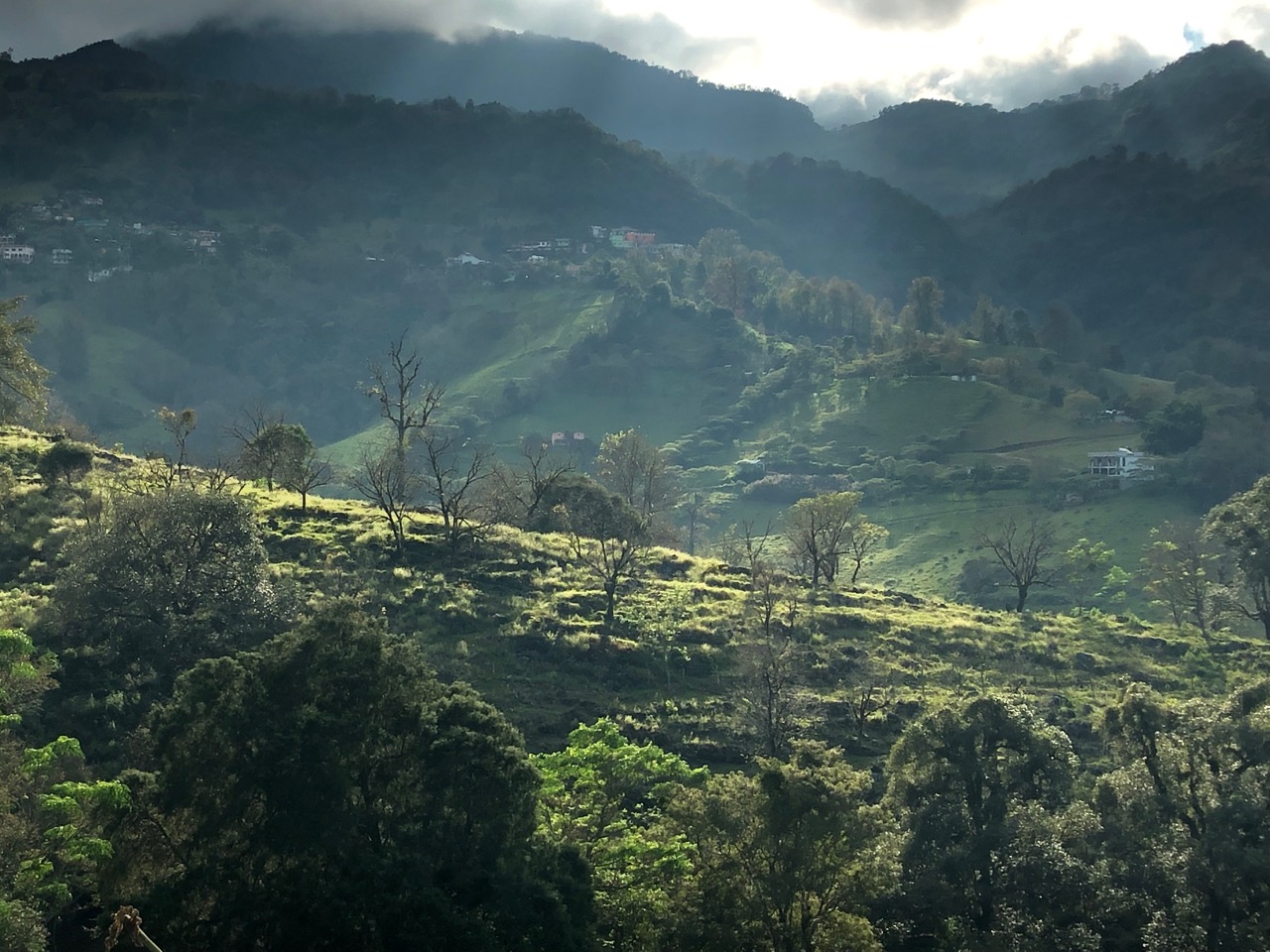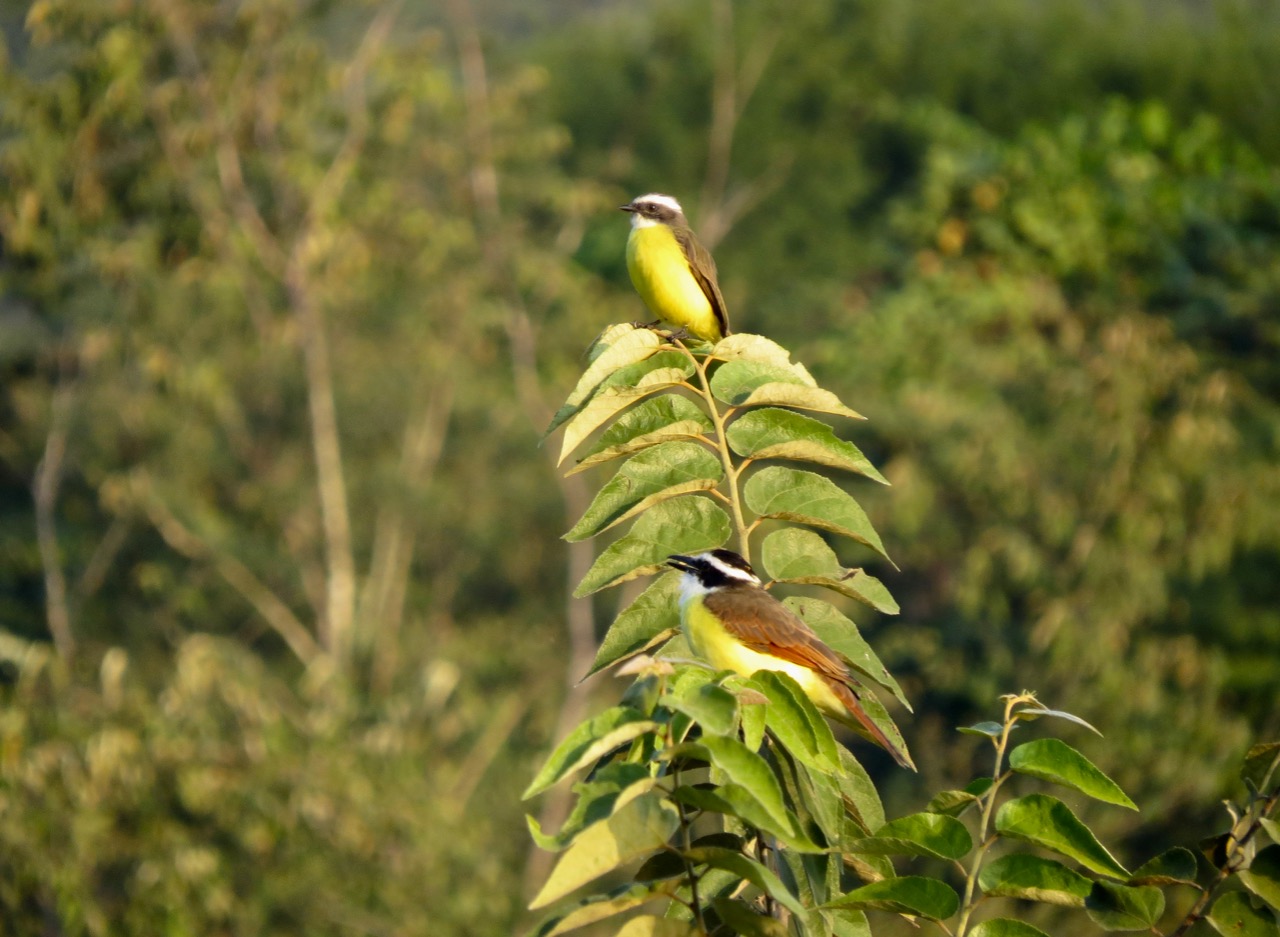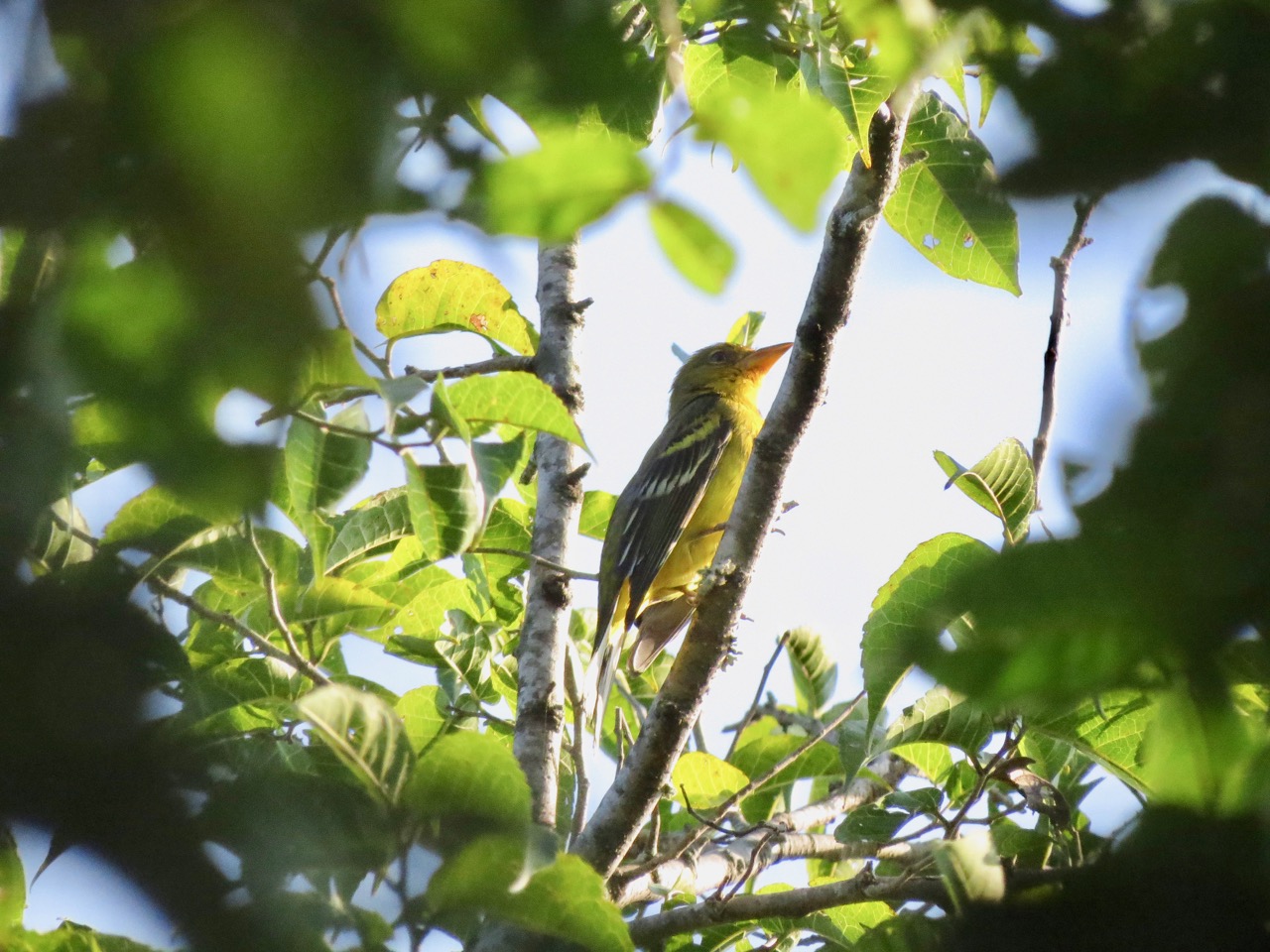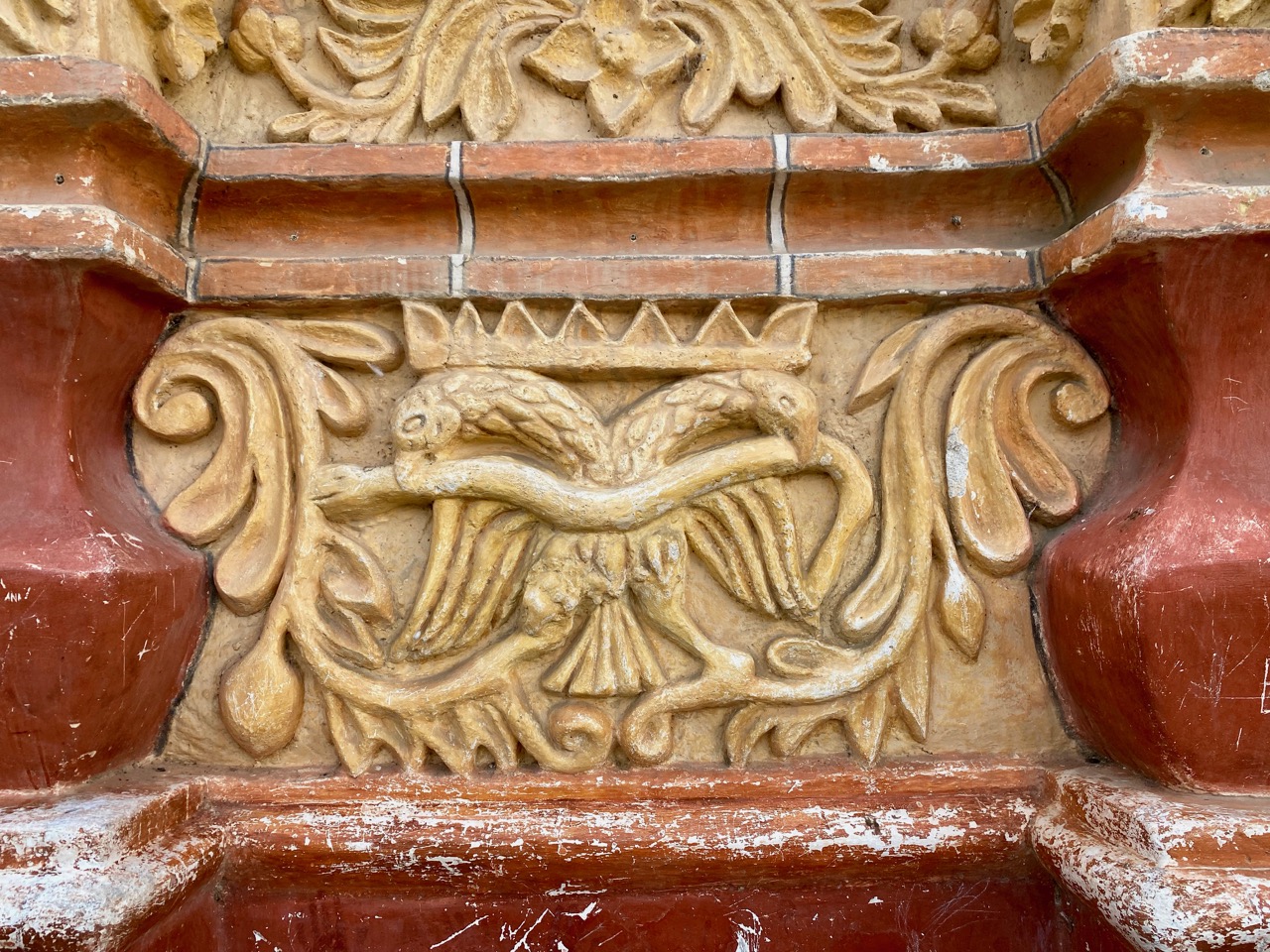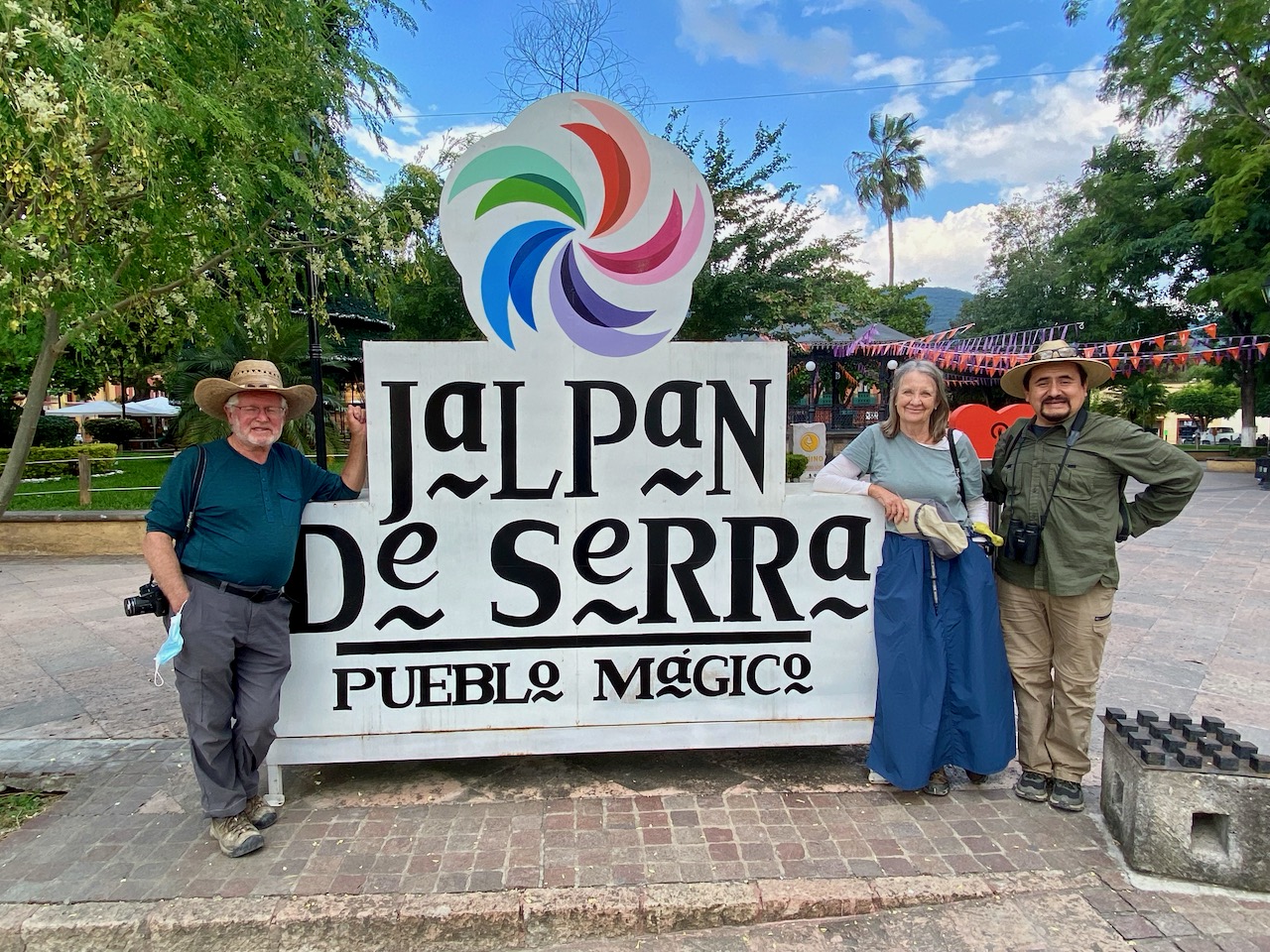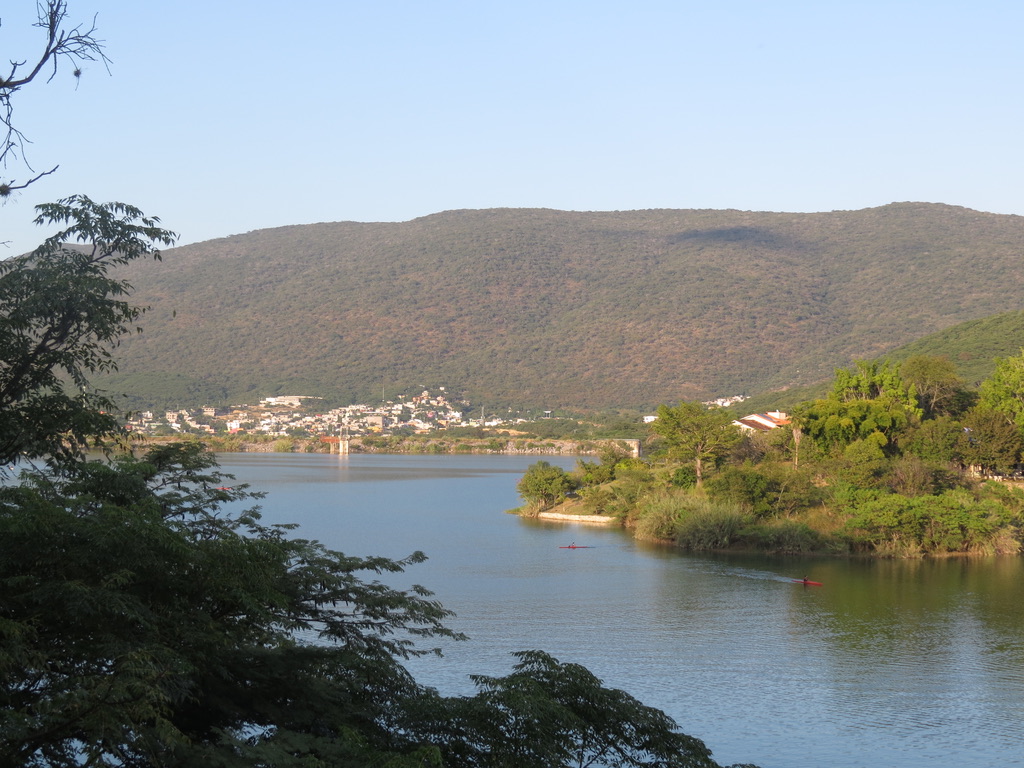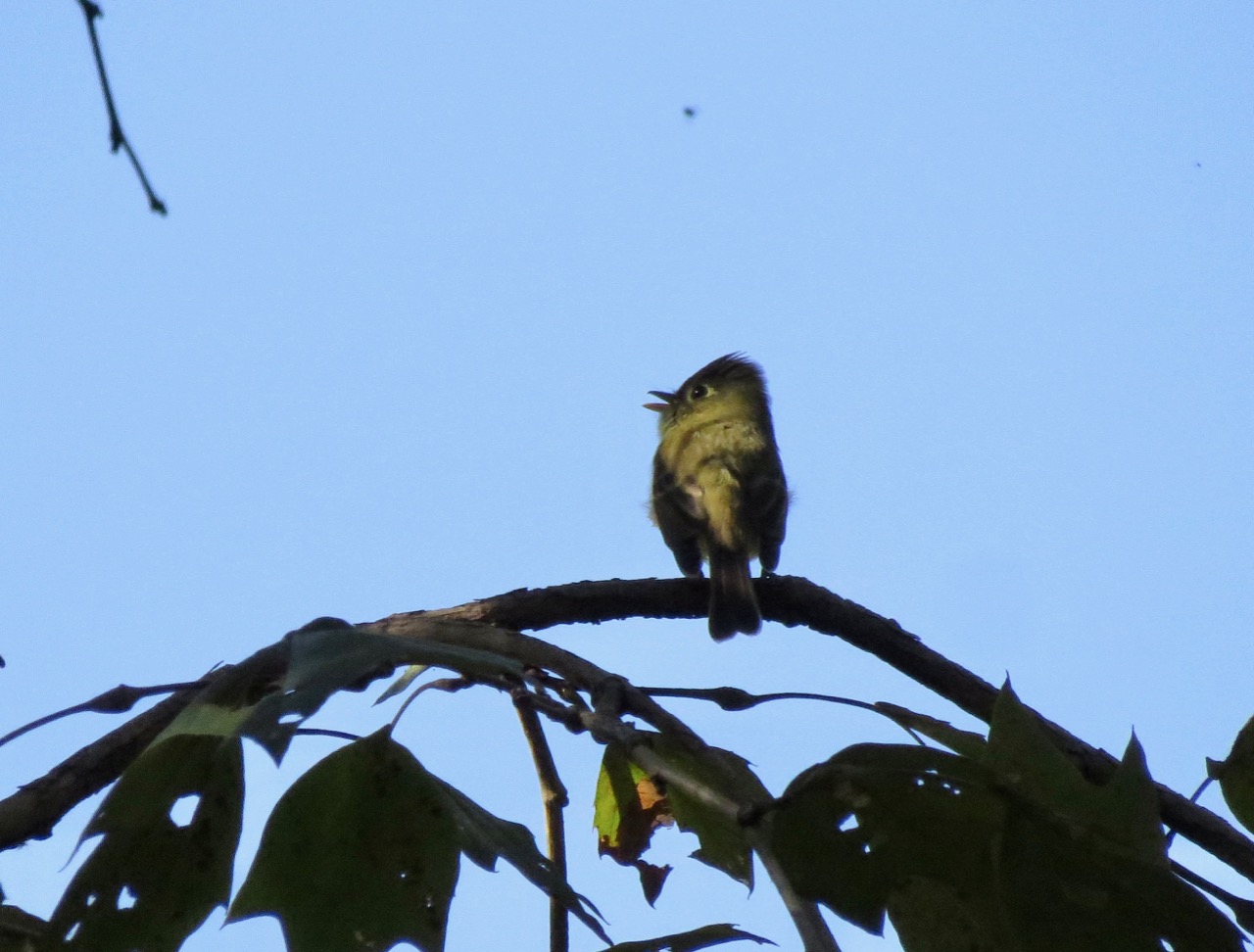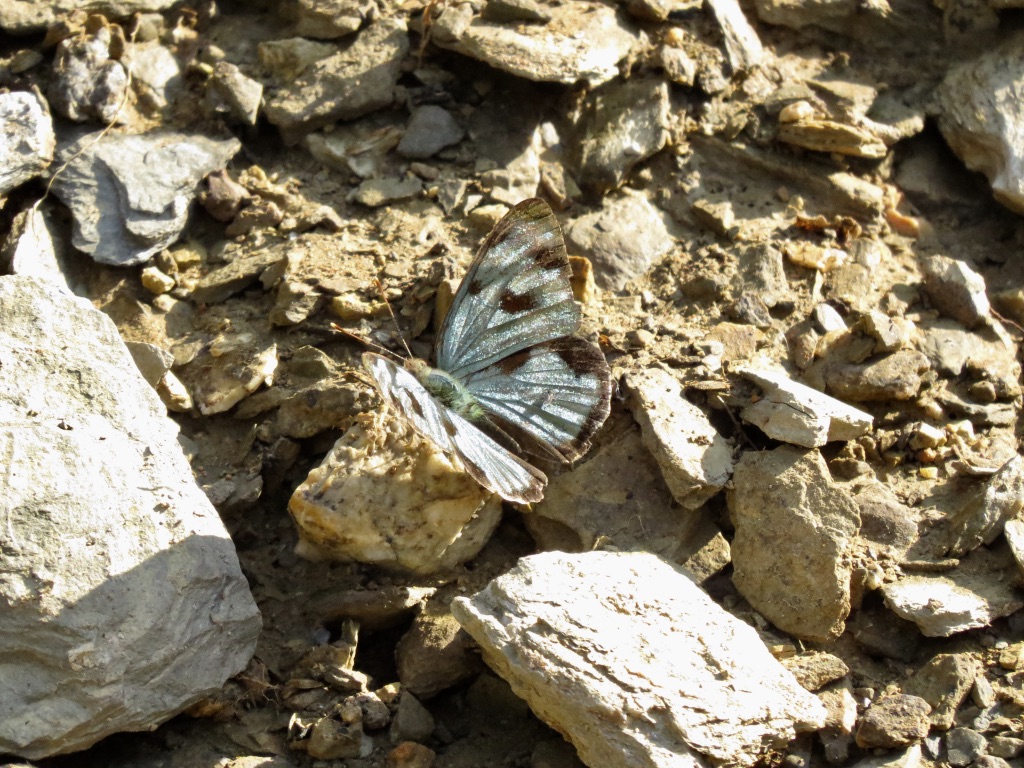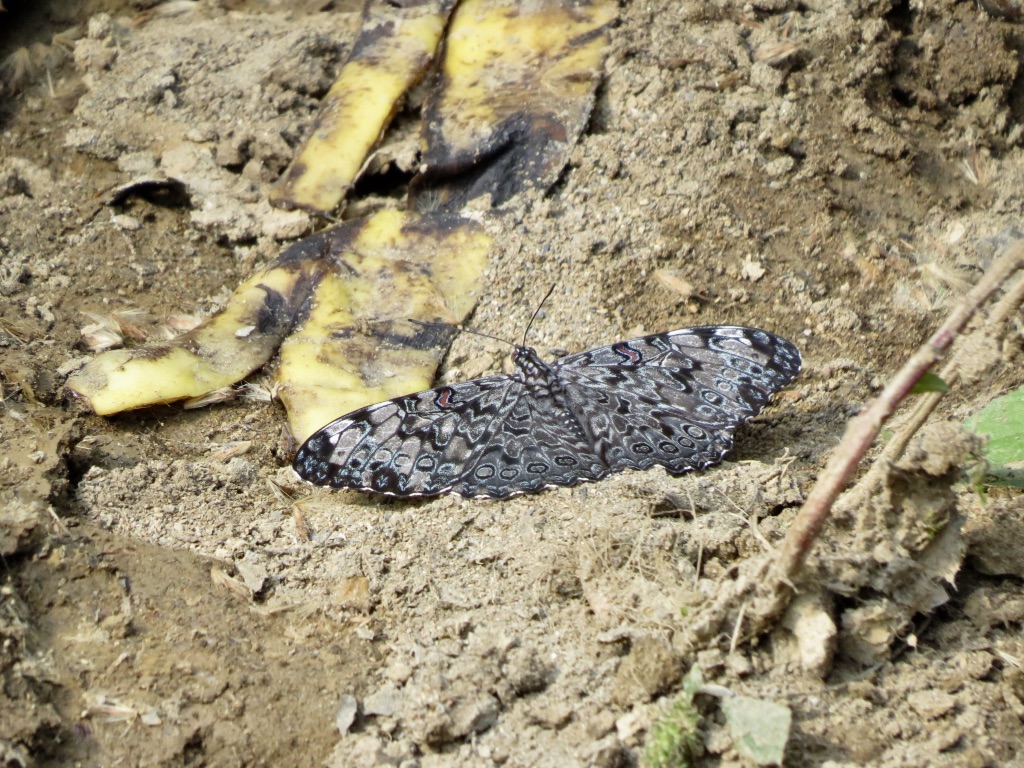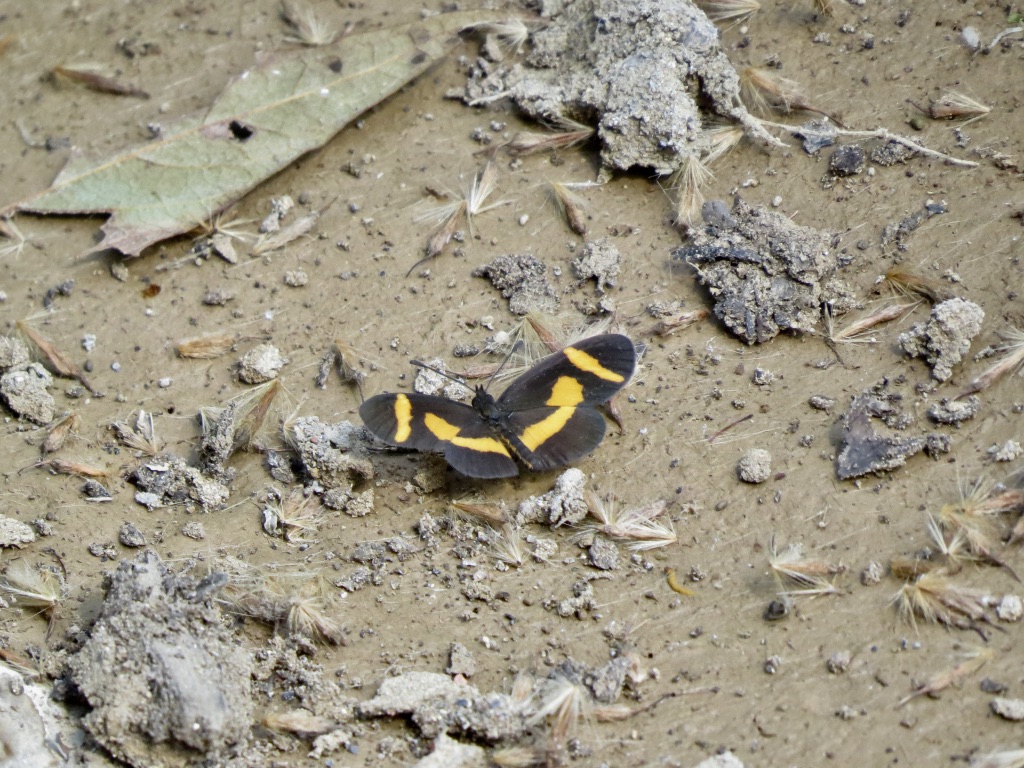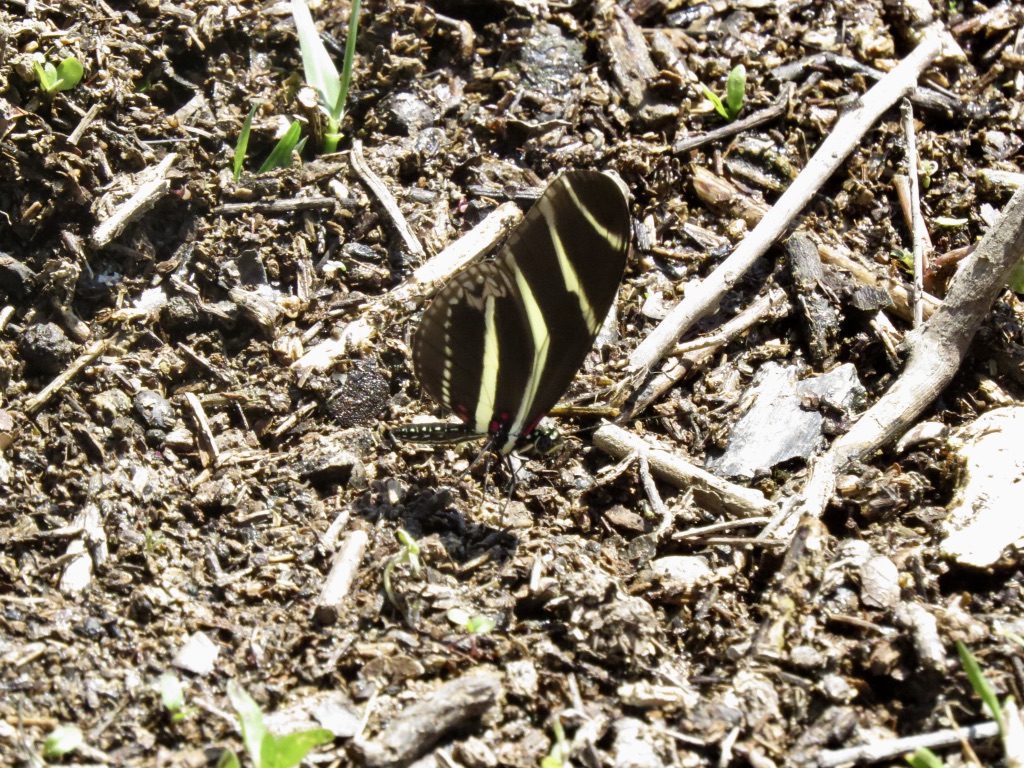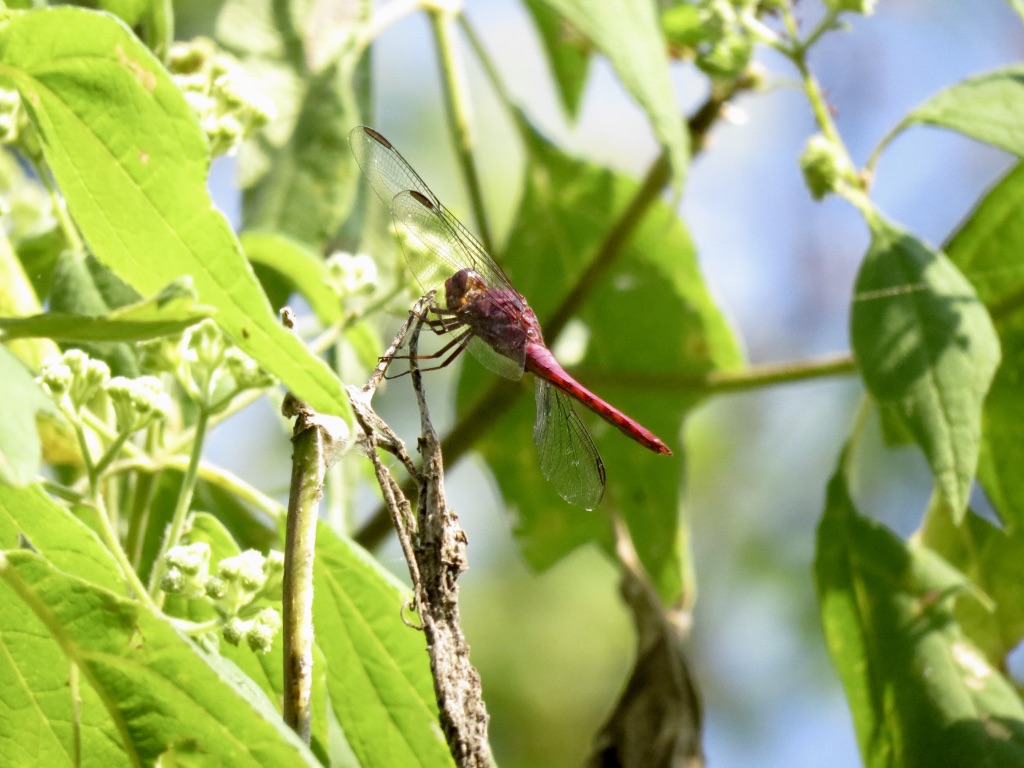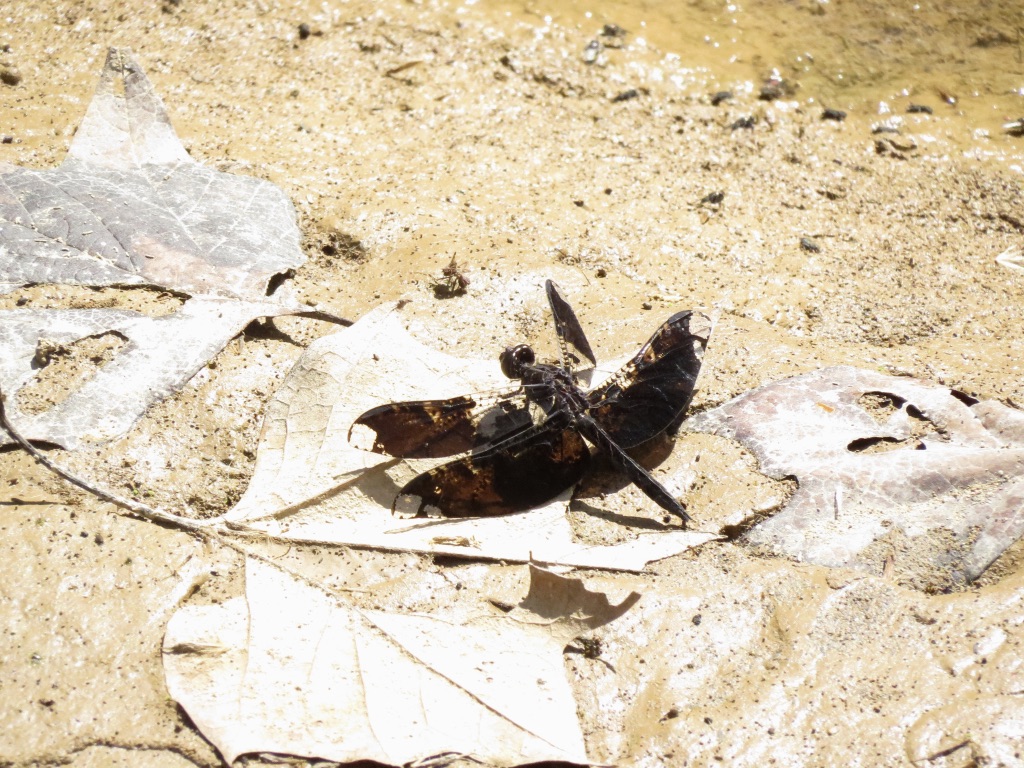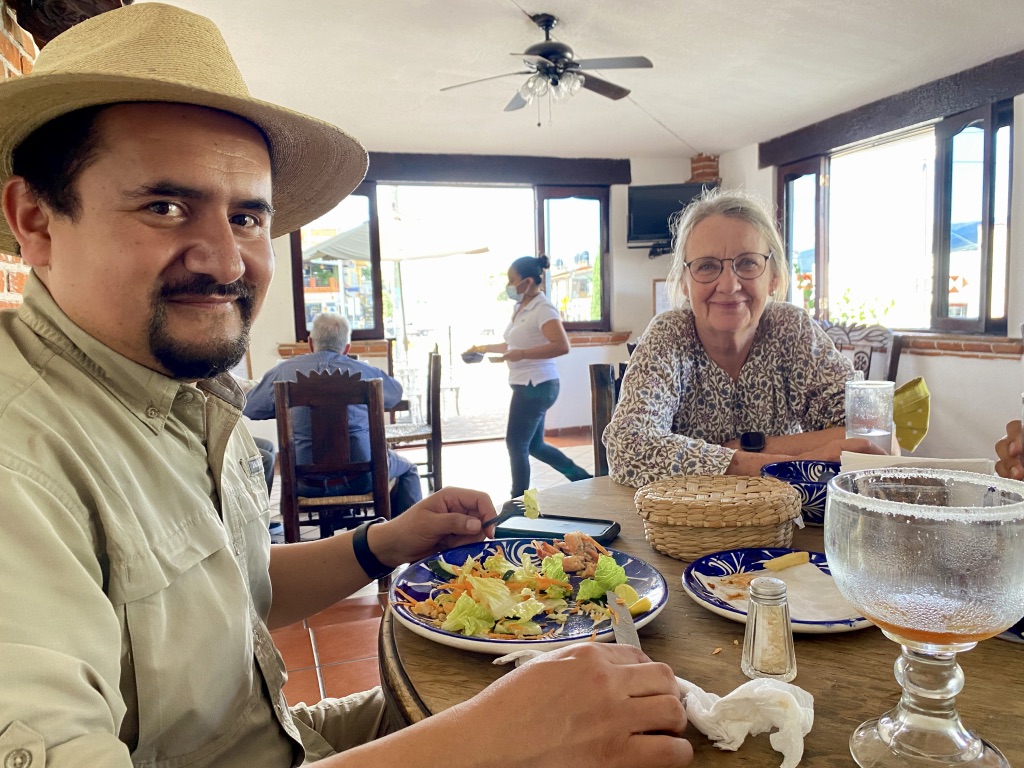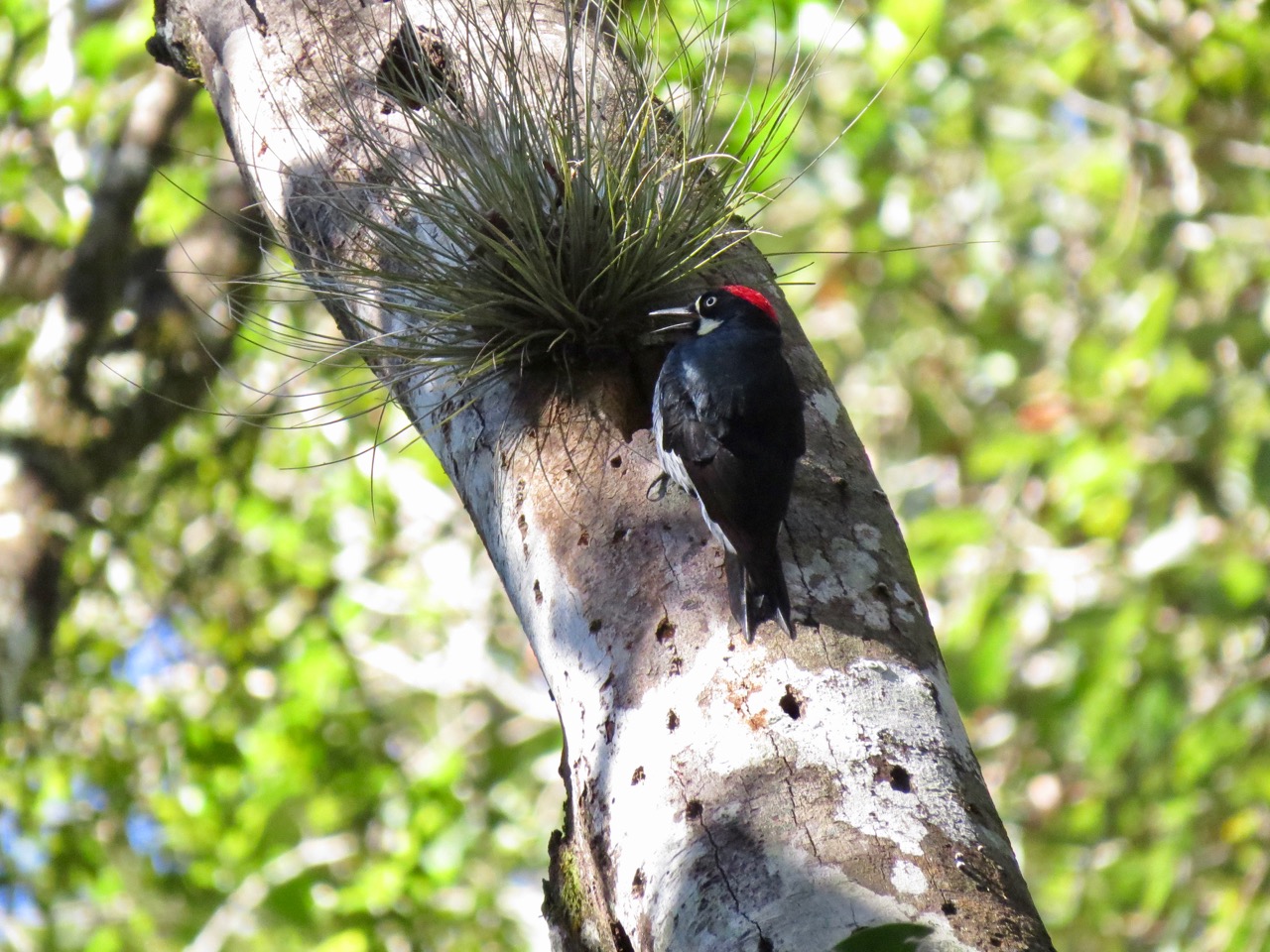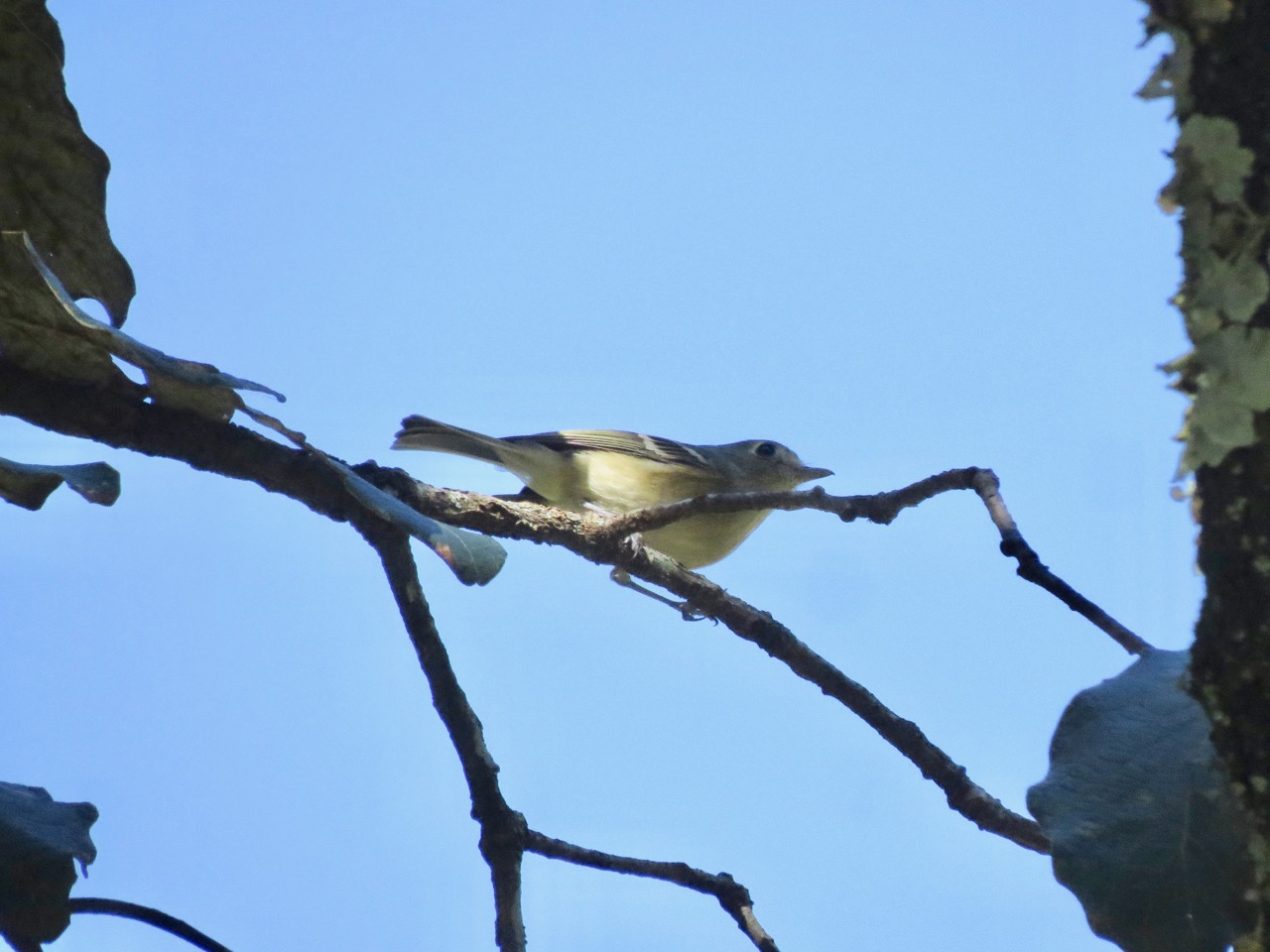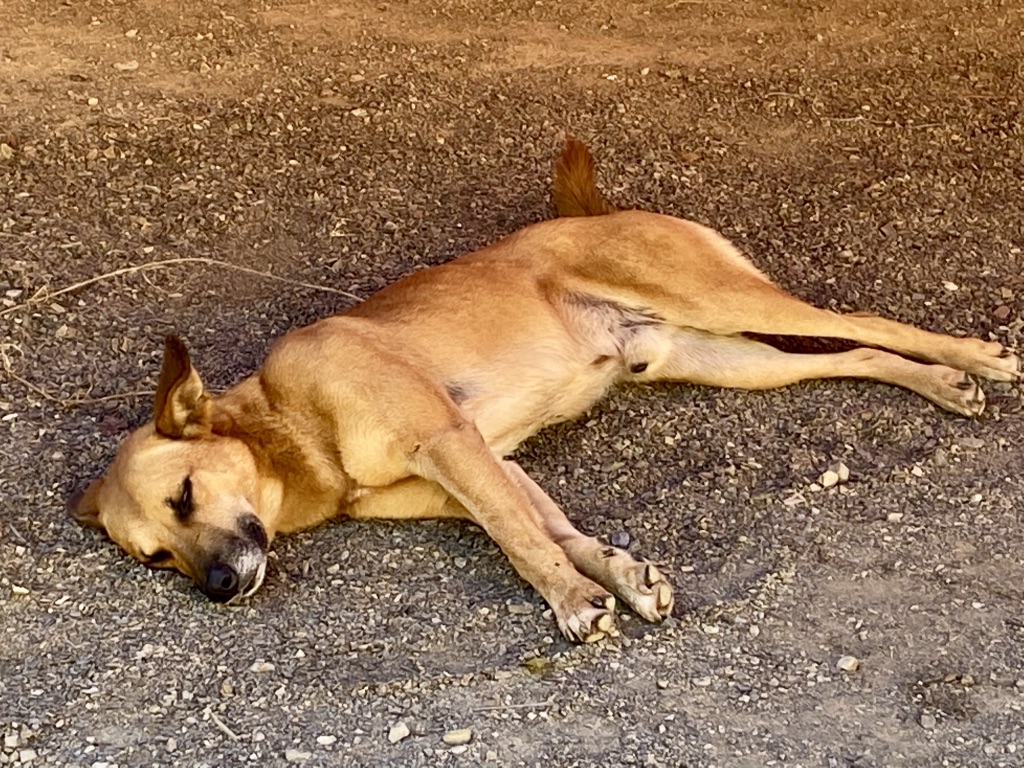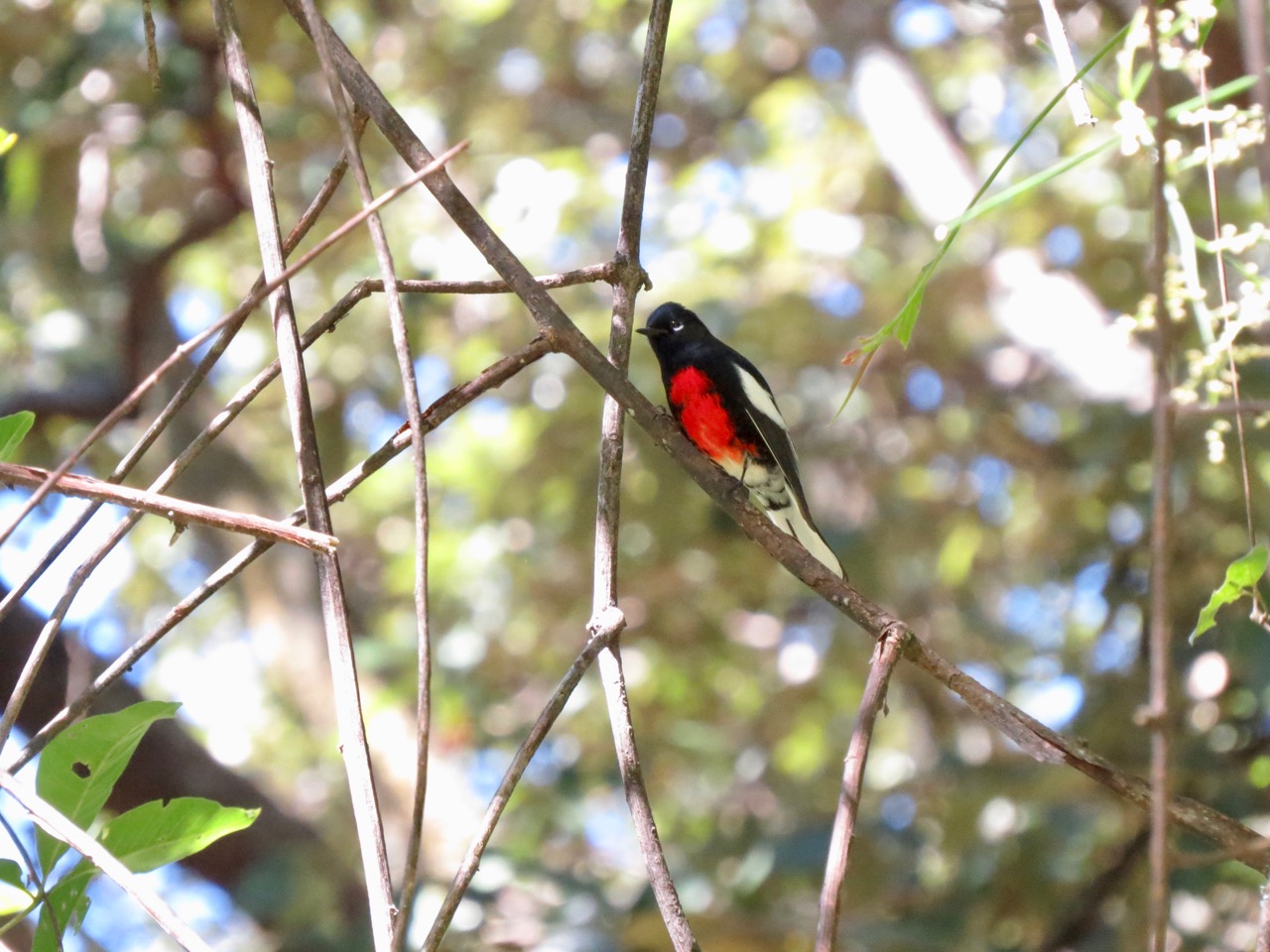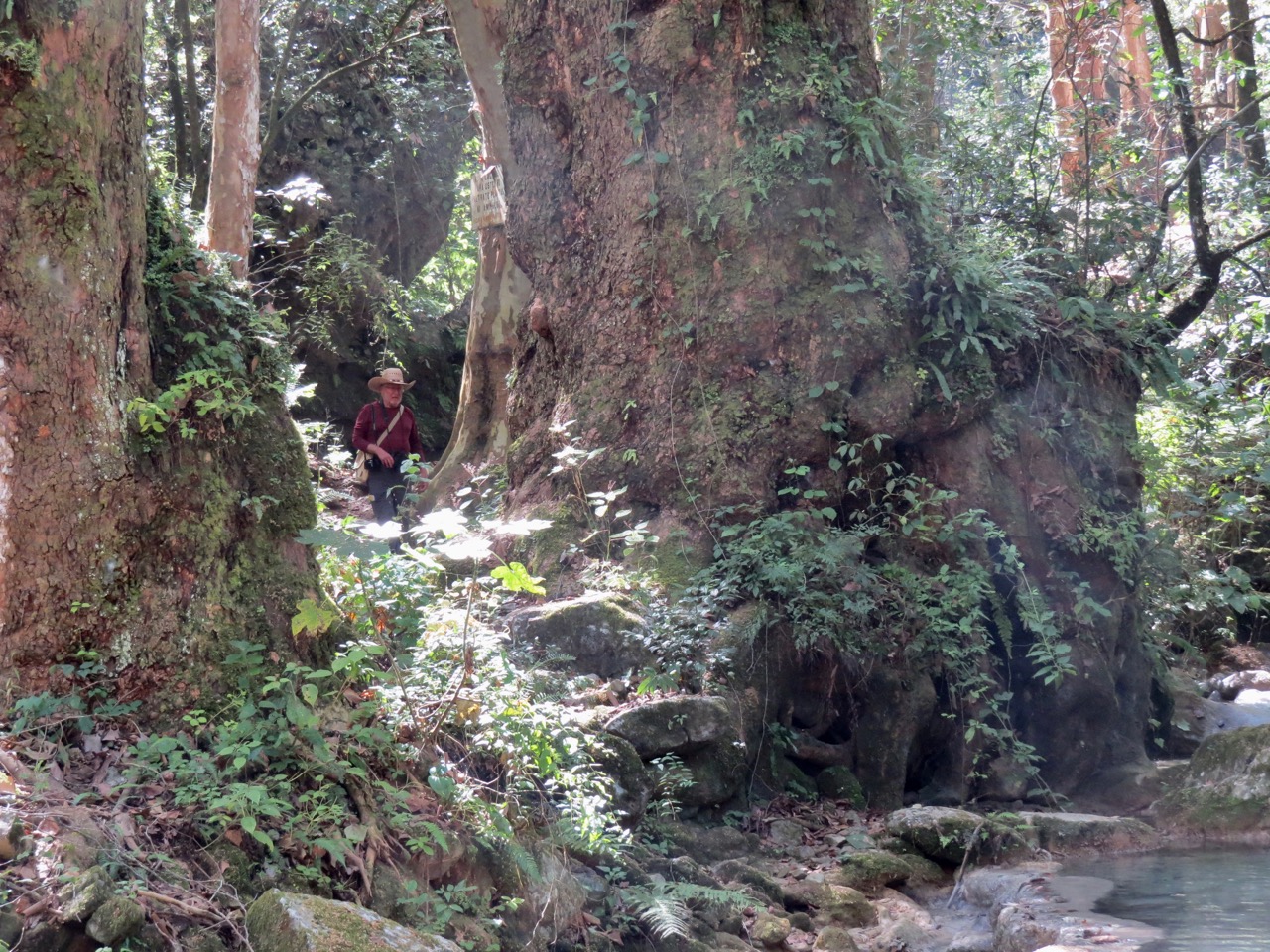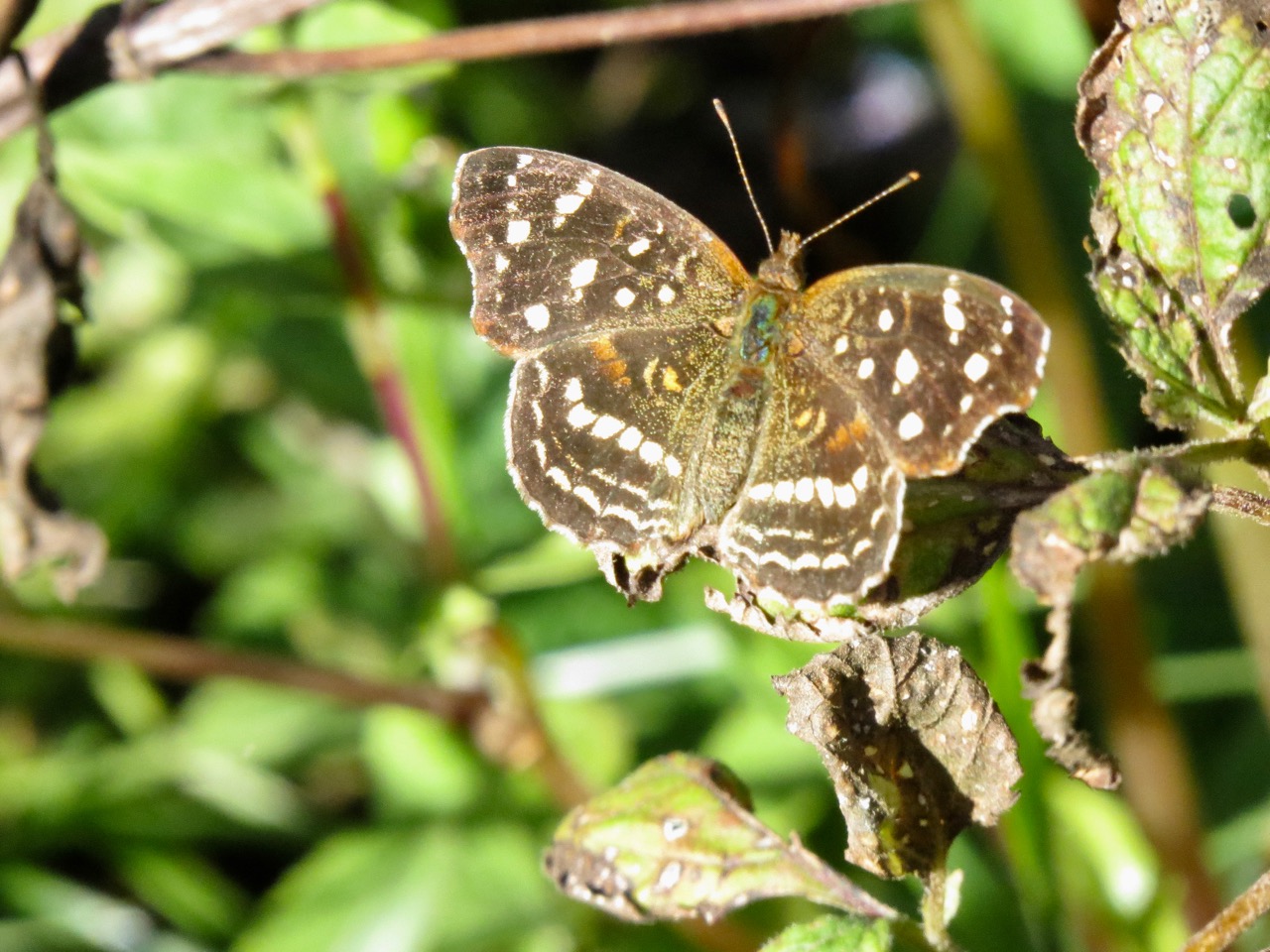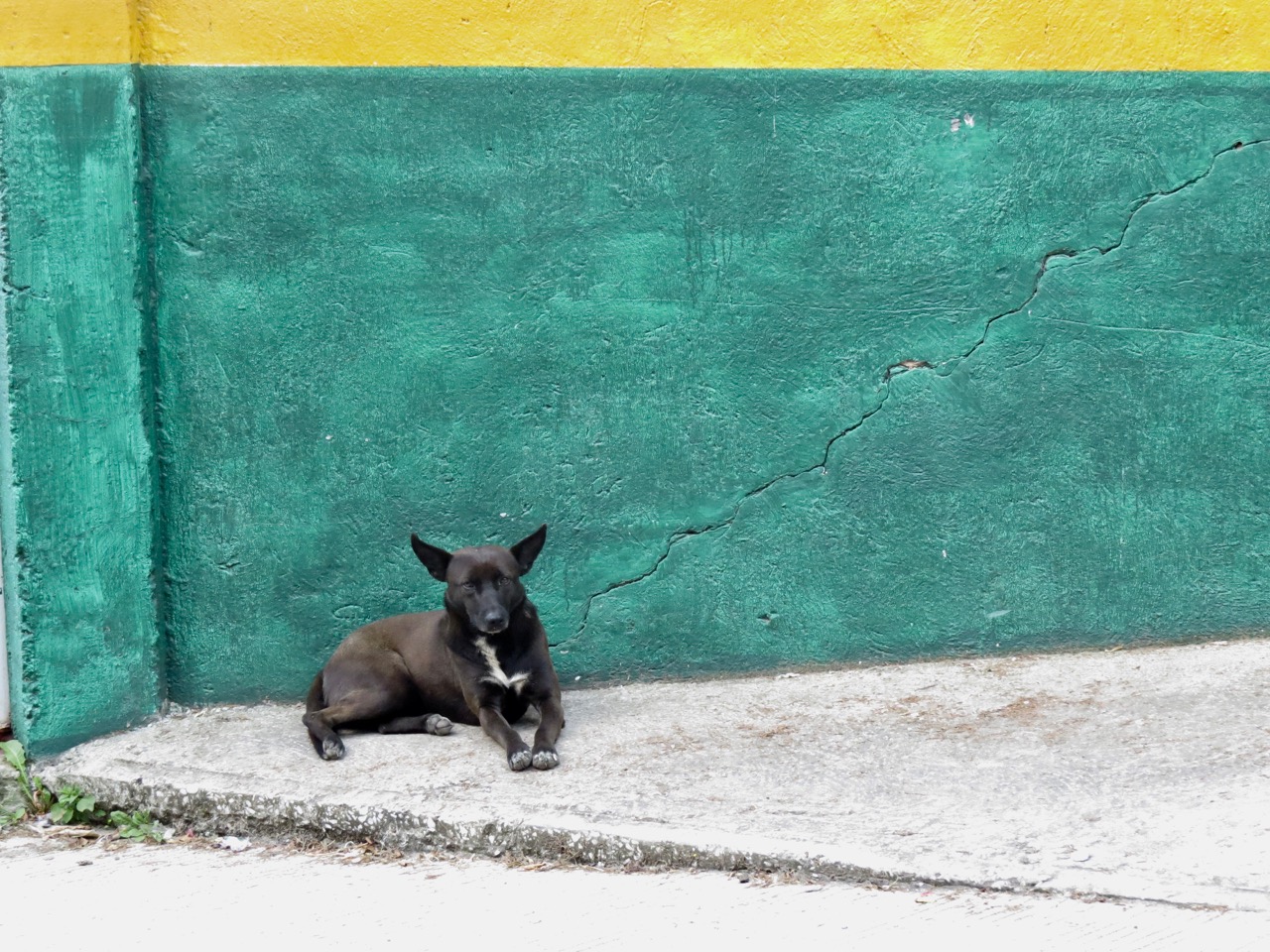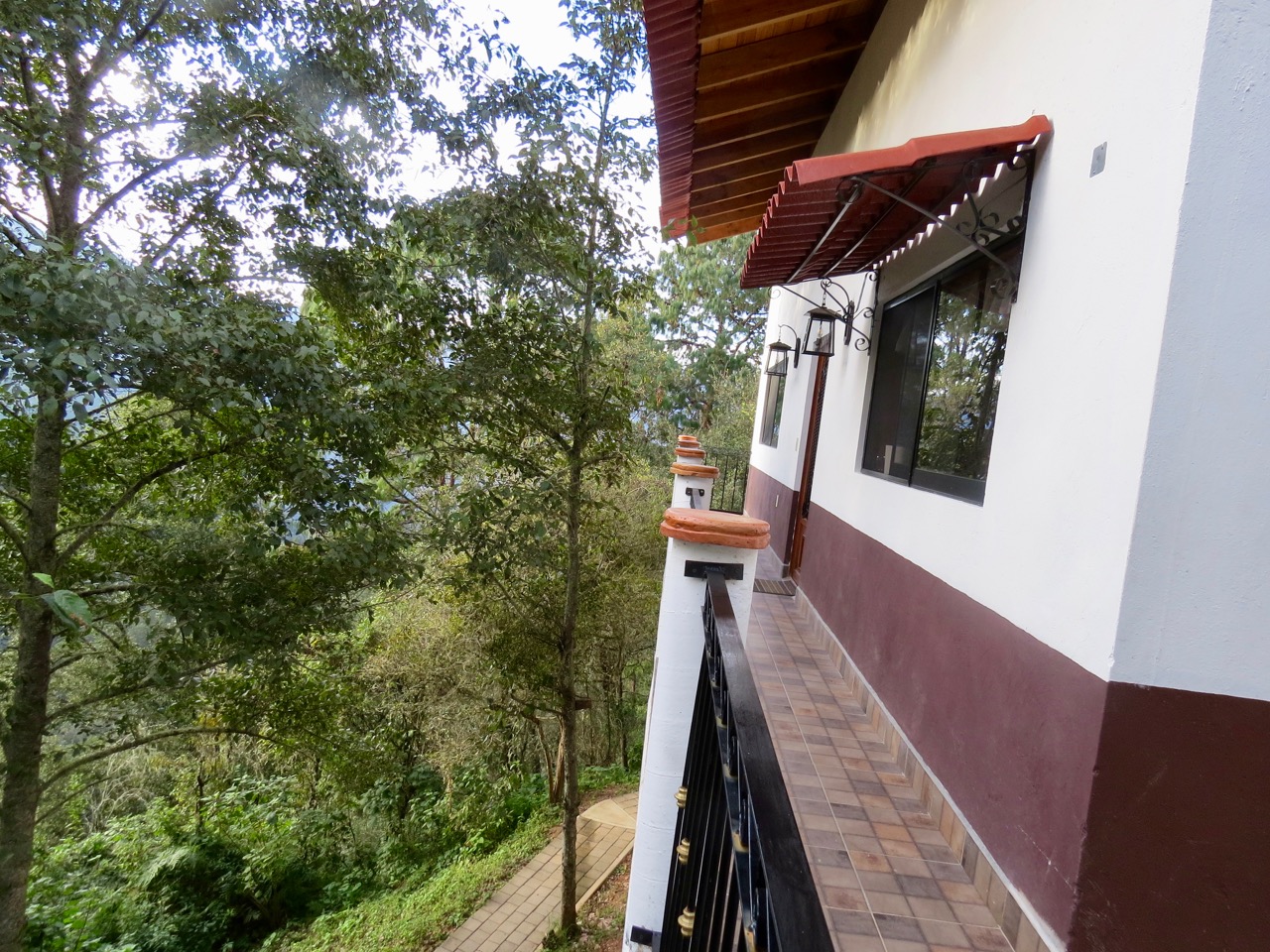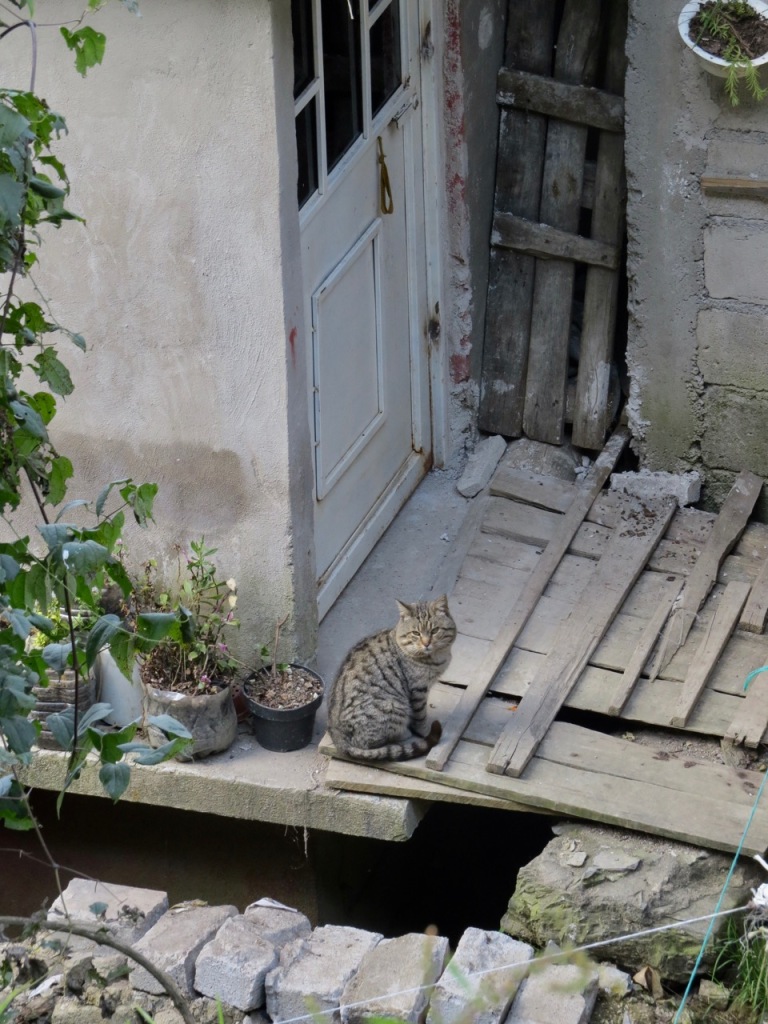All birders and many non-birders know what a Big Year is, largely due to the popularity of the 2011 film of that name. Usually, a birder sets out on a Big Year first by deciding on a territory. The film birders chose the American Birding Association’s continental territory, which includes “the 49 continental United States, Canada, the French islands of St. Pierre and Miquelon, and adjacent waters to a distance of 200 miles from land or half the distance to a neighboring country, whichever is less. Hawaii, Bermuda, and Greenland are not included.”
Every year for the last ten or so, I’ve kept track of the number of bird species that I’ve seen over the course of a calendar year in the province of Ontario. I’m a non-driver so an annual total of 250 species or thereabouts always satisfies me. In 2021, I recorded 268 species and I thought that it would be my personal best for quite a while. I had not planned to pursue a Big Year in 2022.

Early on in 2022, I was able to view some interesting birds that were rare or at least uncommon to Ontario. It all started on January 1, of course, when friends and I observed a Boreal Owl at a conservation area fairly close to home. Coincidentally, I had found and identified this owl (the first Boreal Owl recorded in the Hamilton Study Area in 24 years) on December 29, 2021, a few days prior to the New Year. If you’d like, read my article about the owl in the Wood Duck Magazine at https://hamiltonnature.org/wp-content/uploads/2022/03/WD-volume-75-07-copy.pdf. Other notable birds I saw in January included a Harris’s Sparrow in Flamborough and a Black-throated Gray Warbler in Pickering.

From February through April, I ticked lots of decent birds, including a Townsend’s Solitaire near Port Severn (which proved to be the first of two TOSOs for me in 2022). A Western Grebe in Port Credit was a fine bird and both Lark Sparrow and Eurasian Tree Sparrow capped a great day at Long Point. None of these were Ontario-firsts but all were very nice year birds. Then May came along and a Marsh Sandpiper, a mega-rarity, turned up at the Thedford Sewage Lagoons on the 2nd. It was #174 for the year but I still wasn’t thinking Big. Four days later, however, things got interesting with a lifer Henslow’s Sparrow on the Marsh Trail at Rondeau Provincial Park.

Other than the Henslow’s Sparrow, my annual spring visit to the north shore of Lake Erie migrant hotspots, primarily Rondeau and Point Pelee National Park, was fairly quiet. A White-faced Ibis in Erieau and a Eurasian Collared-Dove in Shrewsbury were definitely highlights but it was a female Hepatic Tanager close to home in Oakville that really rocked the Ontario birding world. I was at #231 in mid-May. Maybe, I could beat my personal best of 268?

June was a key month as I traveled with friends to Rainy River for a three-day outing led by the Ontario Field Ornithologists. Black-billed Magpie and American Three-toed Woodpecker were new birds for my all-time provincial list. Sharp-tailed Grouse and Connecticut Warbler were long-anticipated lifers! There were lots of other great birds in June but, on the 16th, I tied my personal best with a male Kirtland’s Warbler at Packard in a pine-oak restoration tract. Later that day, I set a new standard with a Louisiana Waterthrush at the Creemore Nature Preserve. That fine day occasioned a few celebratory cold ones at the nearby Creemore brewery. Before the end of June, I’d observed my Ontario-first Black-necked Stilts at the Strathroy Sewage Lagoons, #271, and I started to think a bit Bigger. Unfortunately, the summer doldrums and a month in New Brunswick would surely slow down my pace. I tallied only six year birds in July but a Yellow-crowned Night-Heron in Burlington on the 4th and a Little Blue Heron in Flamborough on the 22d were important ones. The returns continued to diminish in August but a Neotropic Cormorant in Kingston on the 8th was #285 for the calendar year. These were uncharted waters for me as I headed off to Grand Manan Island. Could I actually reach 300 species?
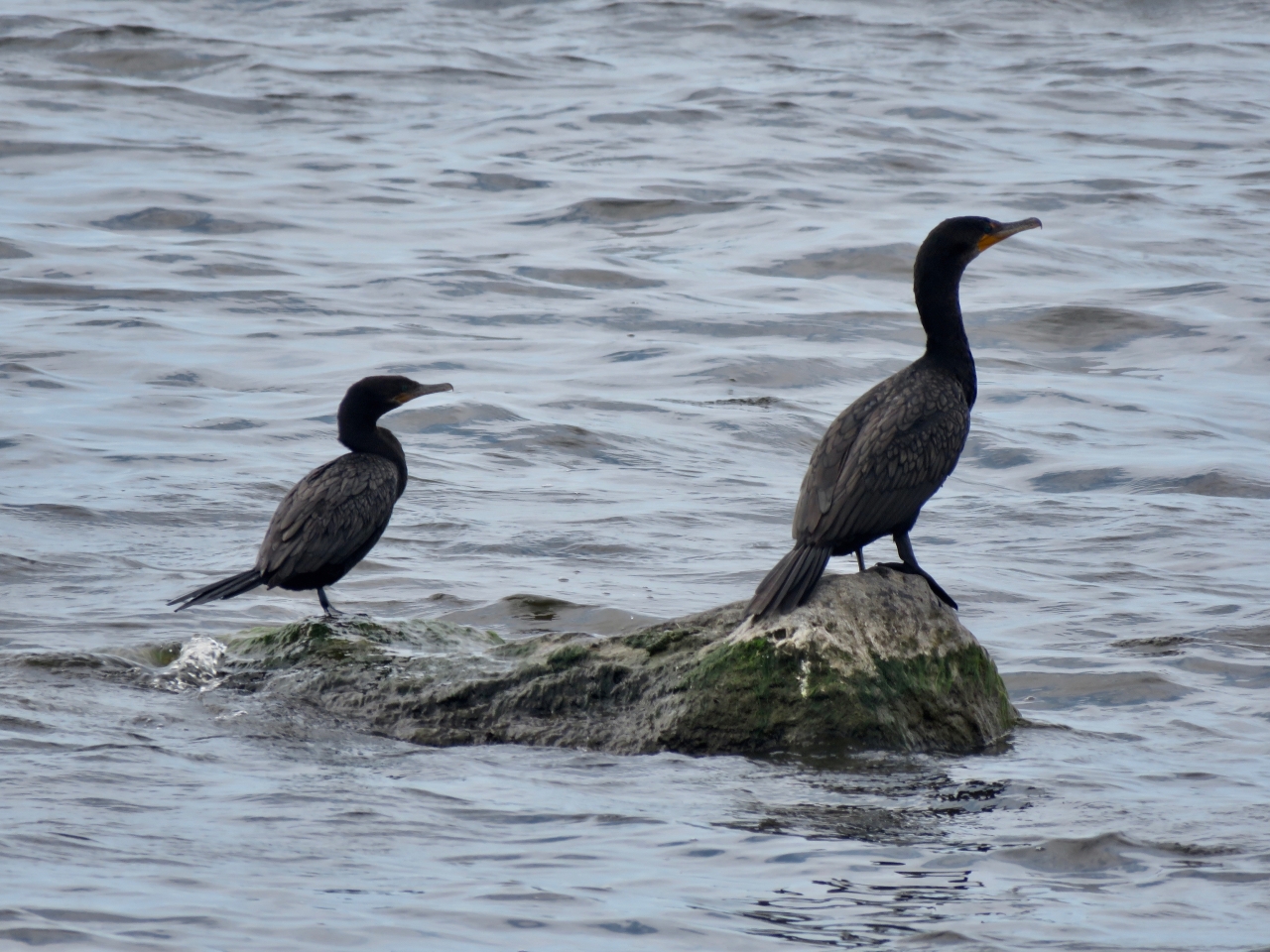
My best bird of September was a Ruff, #297, in Pickering on the 27th of September. I could almost taste 300. The magic moment occurred on October 1, during a lake-watch at Van Wagner’s Beach. A Black-legged Kittiwake was my 300th species of the year! The rarities hadn’t stopped showing up, by any means. On the 13th of October, I saw an Ontario-first Tropical Kingbird in Windsor. On November 7, I photographed a Purple Gallinule in Oshawa.


Razorbill and Purple Sandpiper were very nice acquisitions in December but, on the 10th, Ashbridge’s Bay in Toronto hosted a lifer for me and many others, a Dovekie!!! I wasn’t done yet. A Great Cormorant was seen on December 20th in Hamilton Harbour, another Ontario-first for me and #318.

It’s now time to thank all of the wonderful friends I birded with this year. I mentioned that I don’t drive and a Big Year without a vehicle is difficult to achieve. Either way, I won’t name all of my birding friends here and I think they’ll understand but I will mention one of them. Dave Archbell is the main reason I was able to record a personal best and a Big Year in 2022. Dave was in pursuit of his best year, as well, and I’ll be forever grateful for his generosity and companionship. It actually got a little crazy. Last week, between Christmas and the New Year, Dave and I embarked on a memorable twitch to northern Ontario of about 2,600 kilometres over four days. We missed our target of Northern Hawk Owl despite two days of searching on remote roads in appropriate habitat. However, the epic trip added Spruce Grouse (fourteen of them plucking sand from a frozen mining road!), Northern Goshawk and Spotted Towhee to my year list. I finished up with 321 species and Dave with 325.
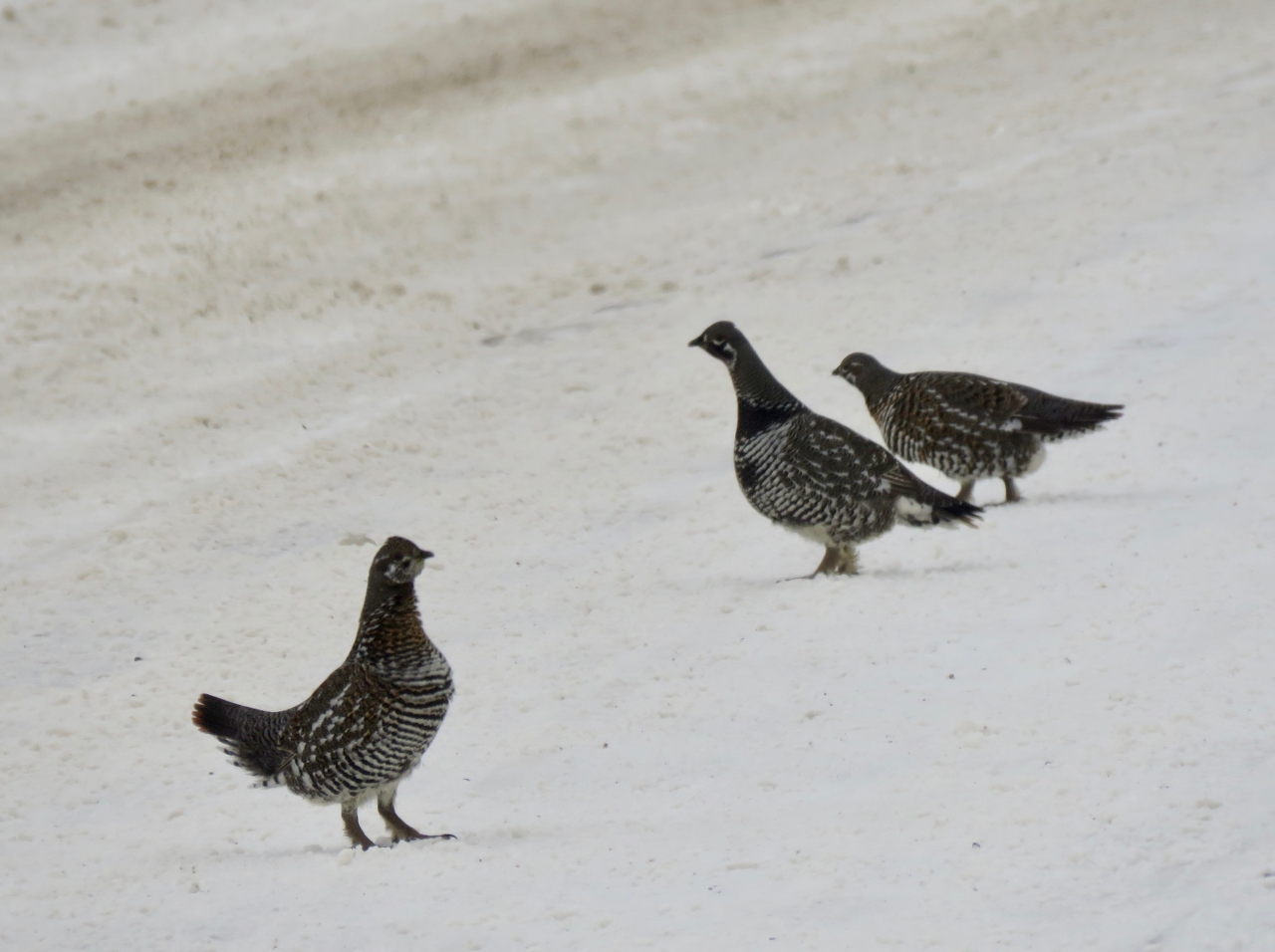
I can’t rattle on about my Big Year without congratulating six other Ontario birders. At the outset of 2022, three young men set out to beat the all-time Ontario record for species observed in a year. They crushed it. Kiah Jasper finished first overall with 359 species! This record will be very difficult to surpass. His friends William Konze and Ezra Campanelli tied for second at 357. Undoubtedly, it was a very good year for rarities in our province but nothing can detract from the skill, effort and sacrifice exemplified by these excellent young birders.
Two of the other birders I’ll praise are Susan Nagy and Diane Weiler, the Beak Seekers! They also actively pursued a Big Year and tallied 335 and 333 species respectively. Not only that, but we found a lot of new birds together and new friendships have been formed.
Number six is Brett Forsyth of Guelph. I’ve only met Brett once but he ticked 274 species this year; on his bicycle!!! I like to joke that I’m the top eBirder without a driver’s licence but Brett is by far the Greenest birder that I’m aware of. The dark side of chasing birds is the huge carbon footprint involved with all of the driving. Brett has set a fine example of truly Green birding and my hat is off to him.
I’m not planning another Big Year for Ontario, unintentional or otherwise. This year, 2023, I have two birding goals. One is to add, hopefully, new birds to my all-time Ontario list, currently at 365 species. The other is to re-balance my personal birding pie chart more in favour of bird advocacy and contributing to surveys and point counts. I’m also interested in the relatively new concept of mindful birding. Birding has always been mindful for me and a brilliant way to deal with anxiety and the general pressures of everyday life. Recently, a mindful birding movement has gained traction.
It’s 2023! My first bird of the year was a singing American Robin, a sign of our unusually mild winter and likely of climate dysfunction. Good luck with your personal birding goals this year and let’s all do our best to support and promote a healthy bird population and it’s key role in biodiversity.
